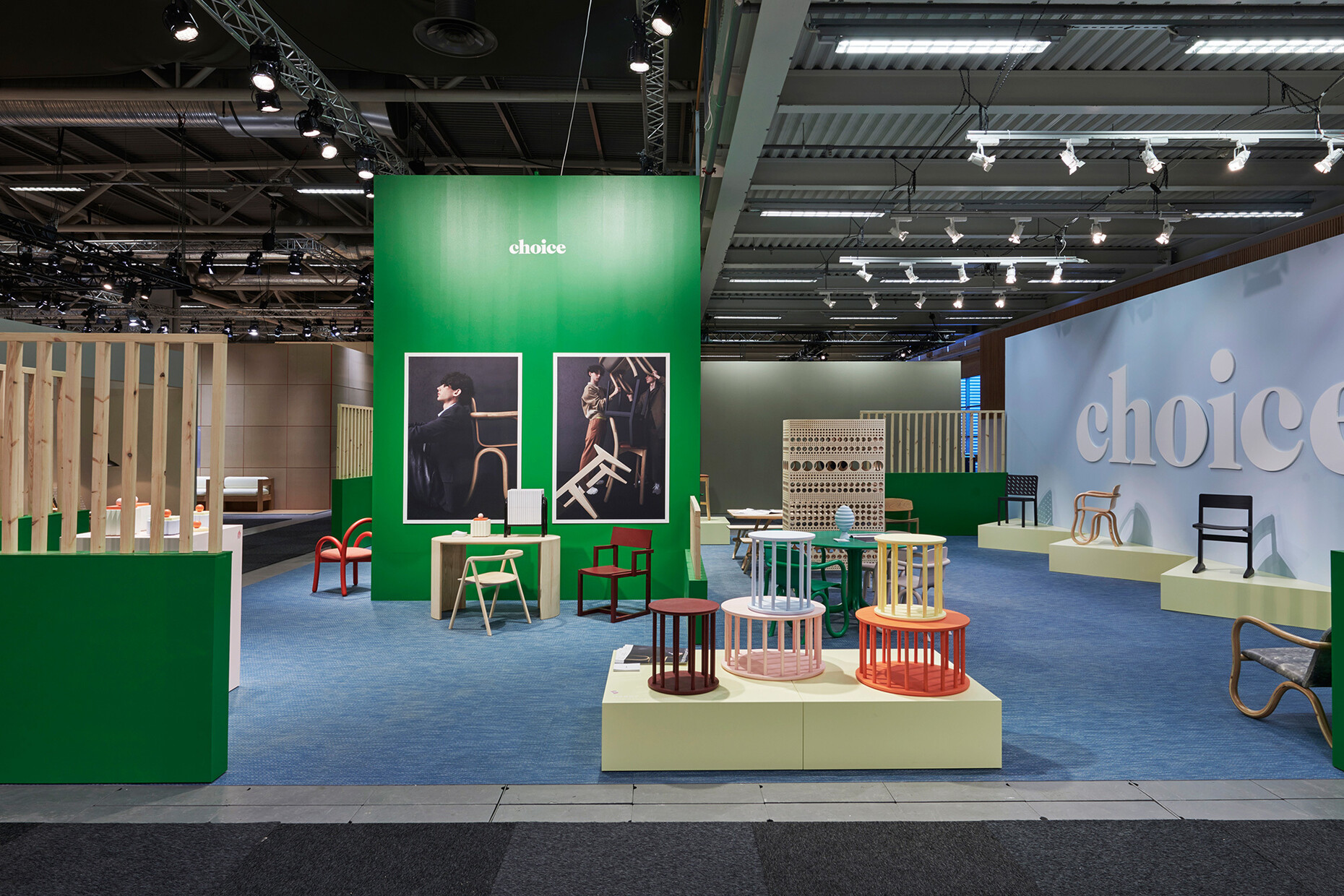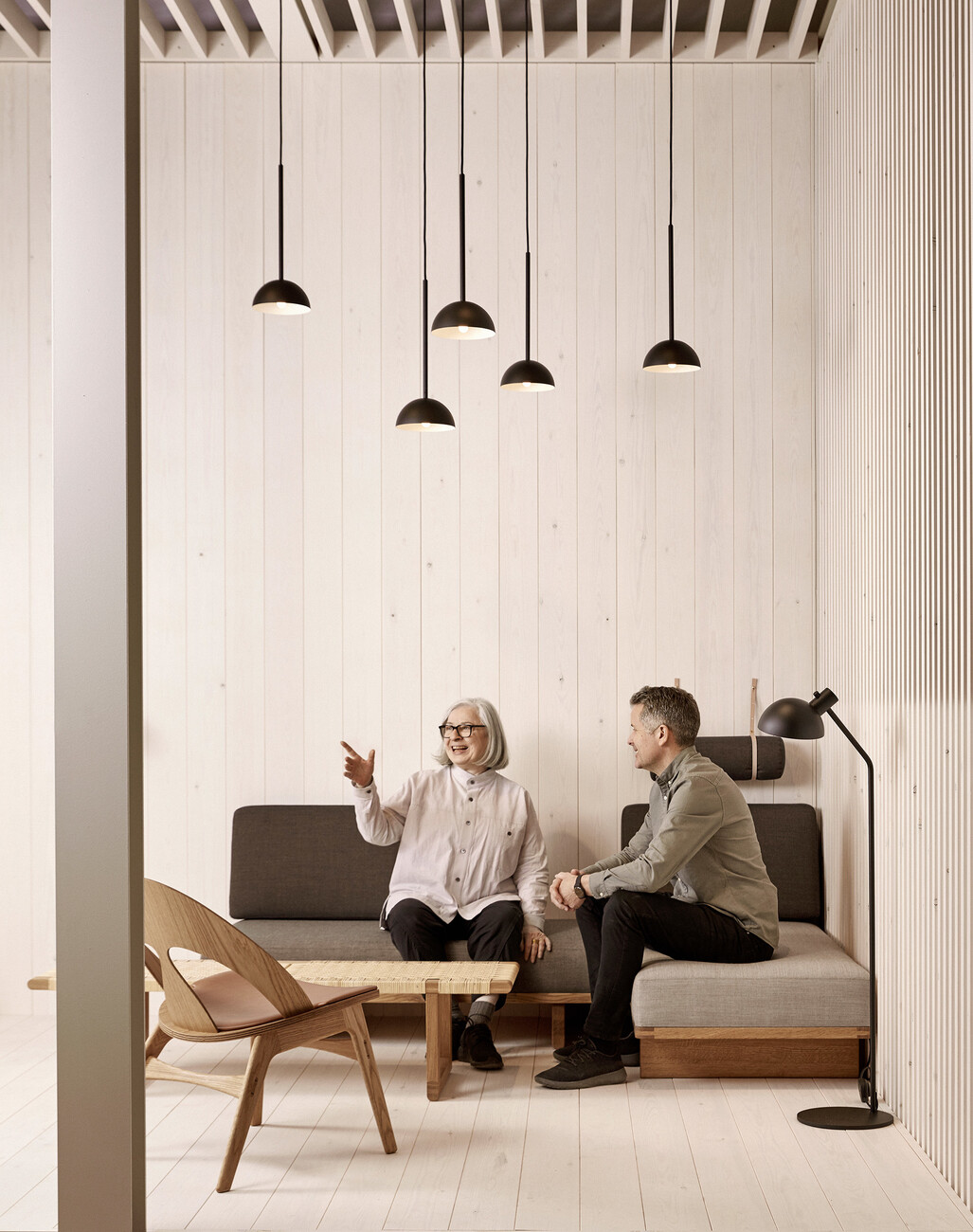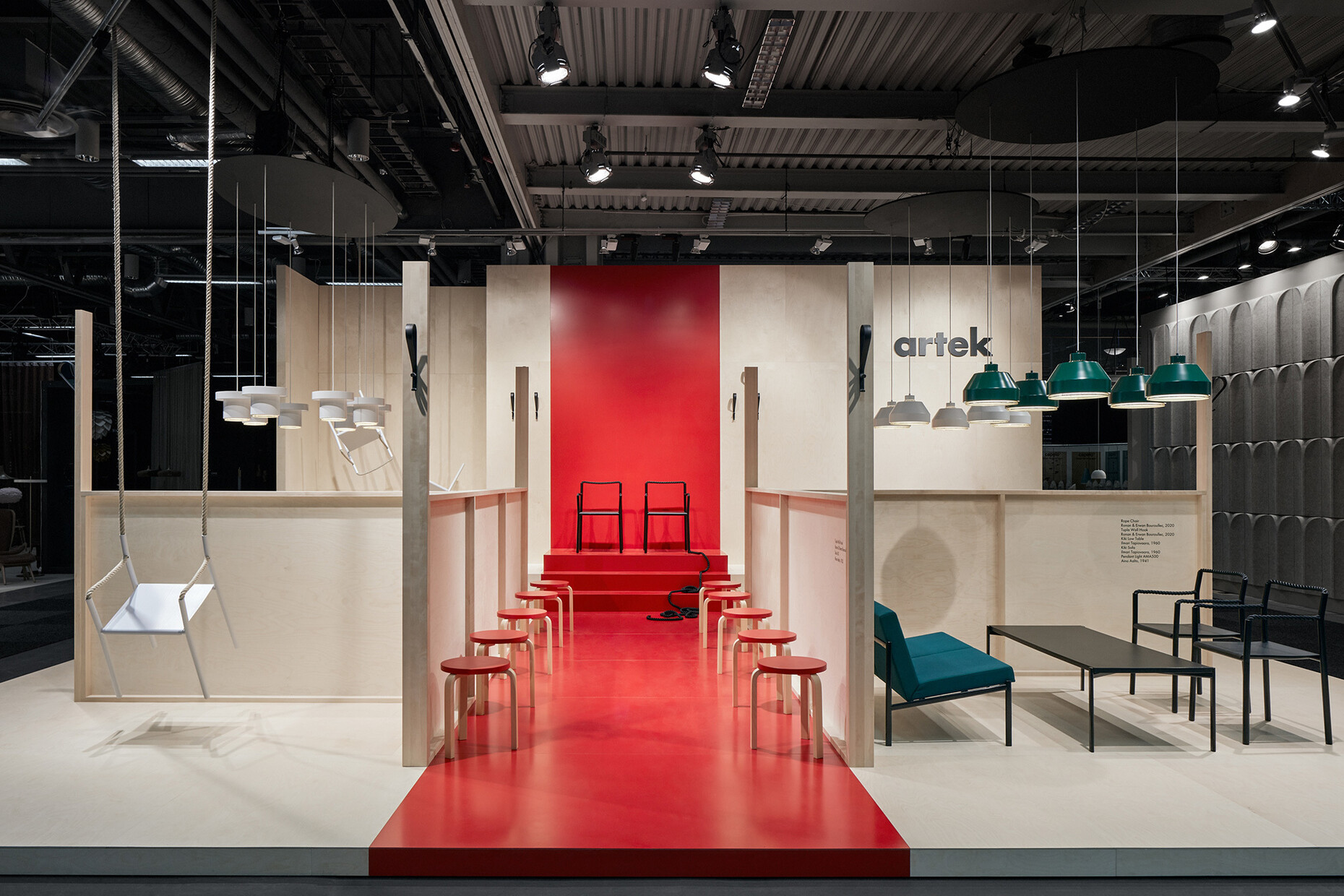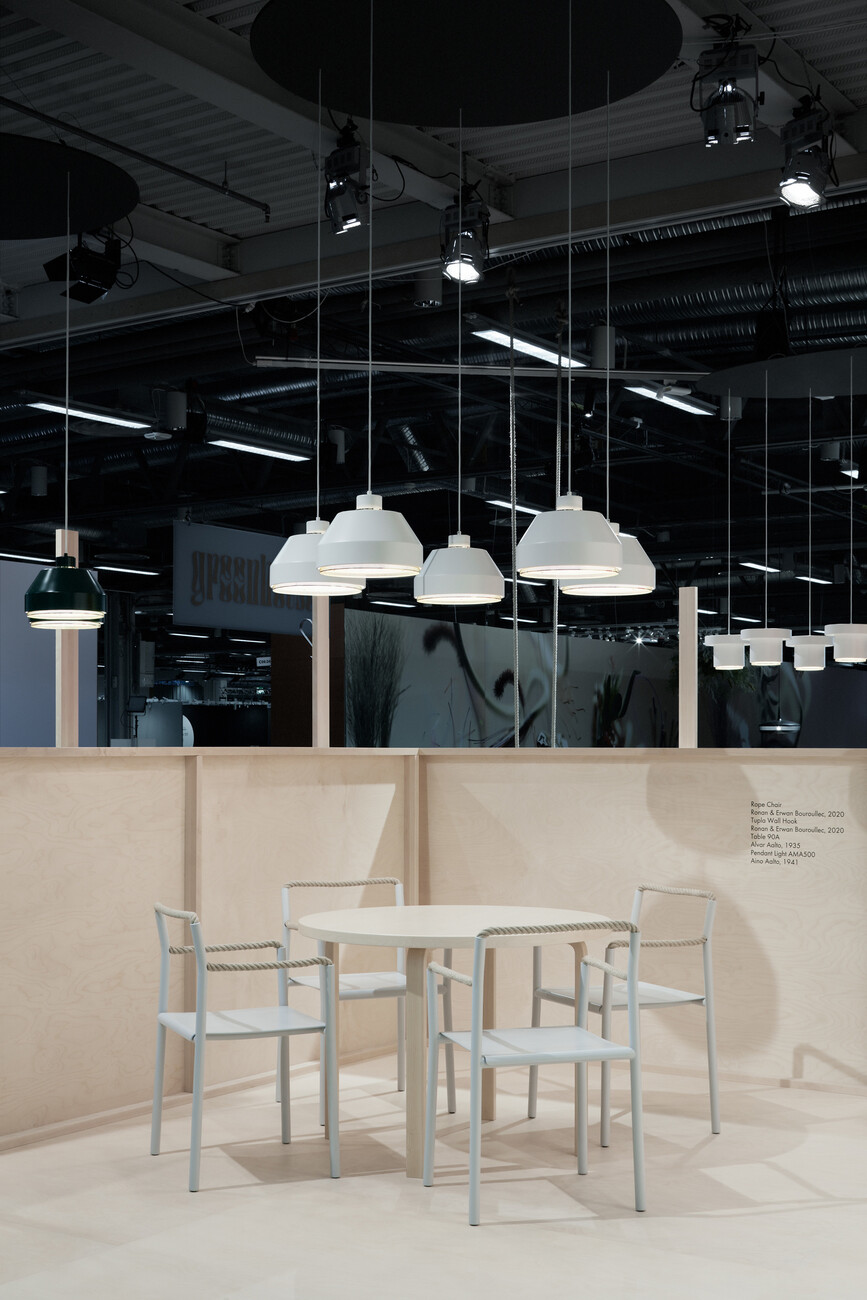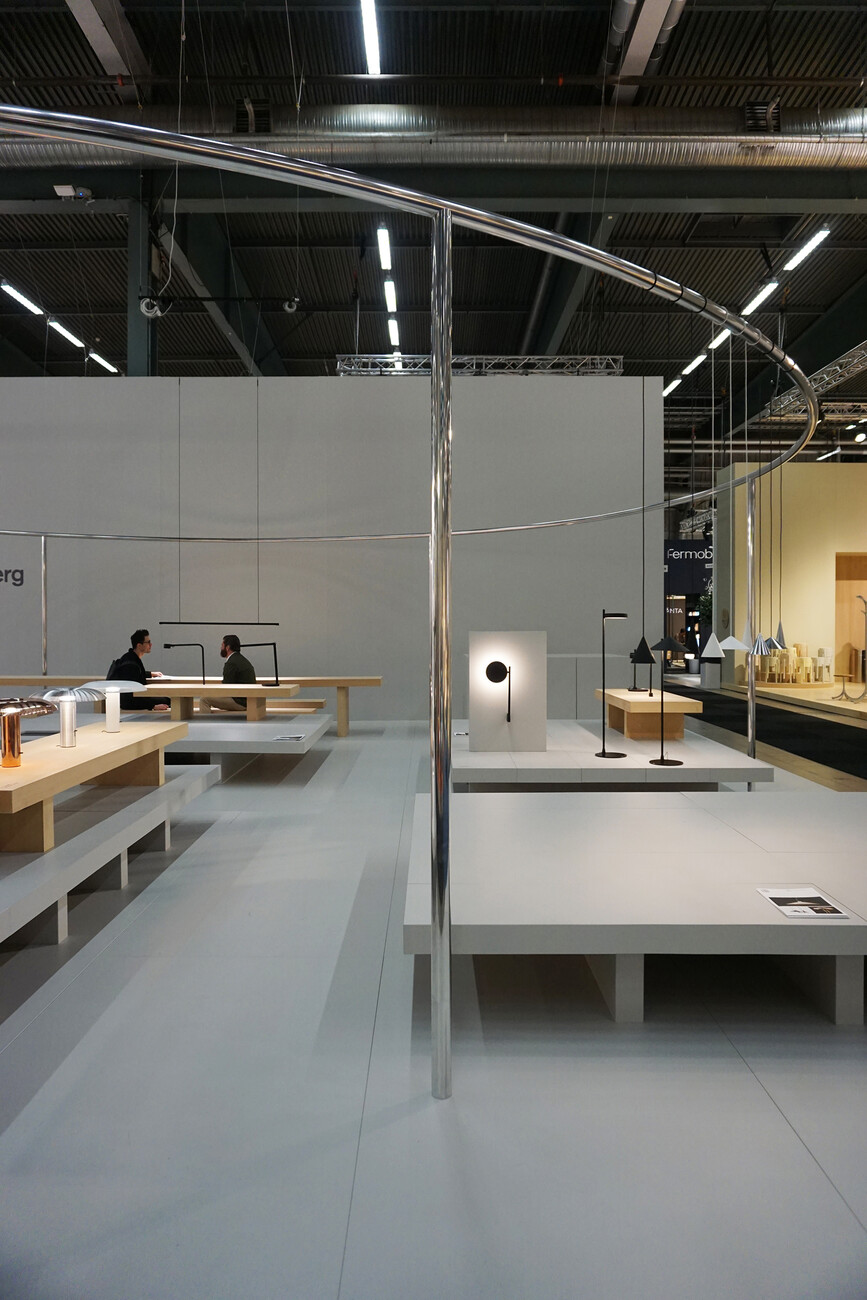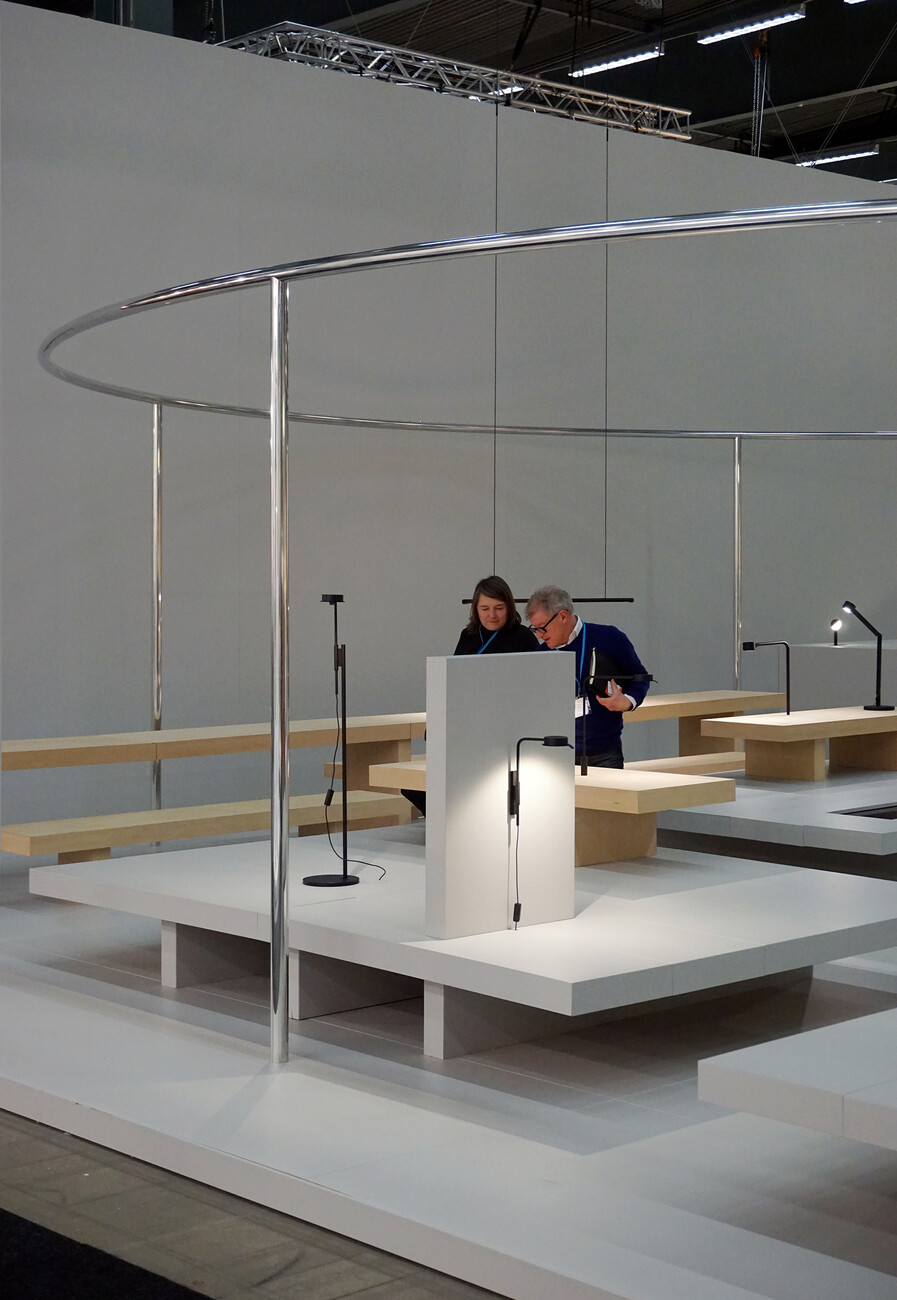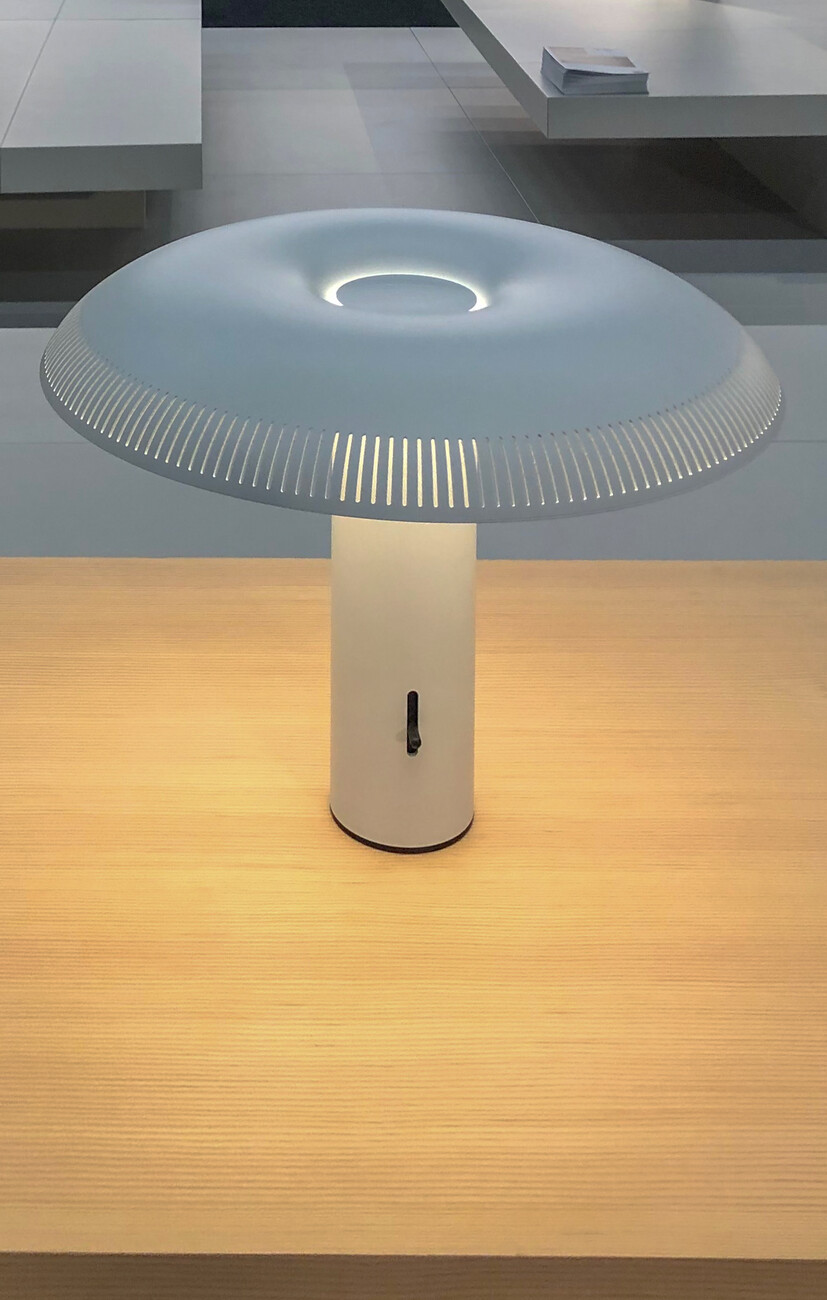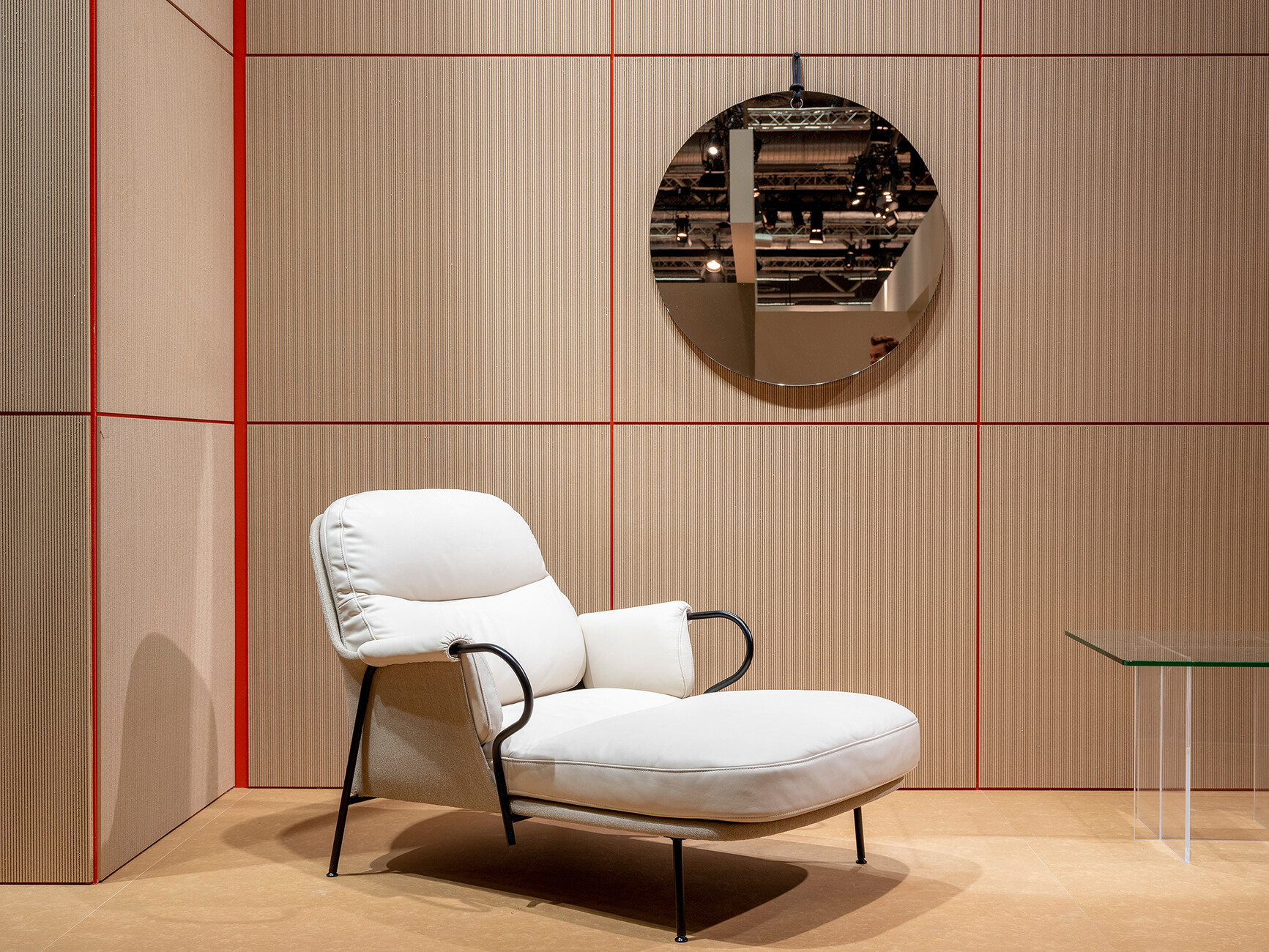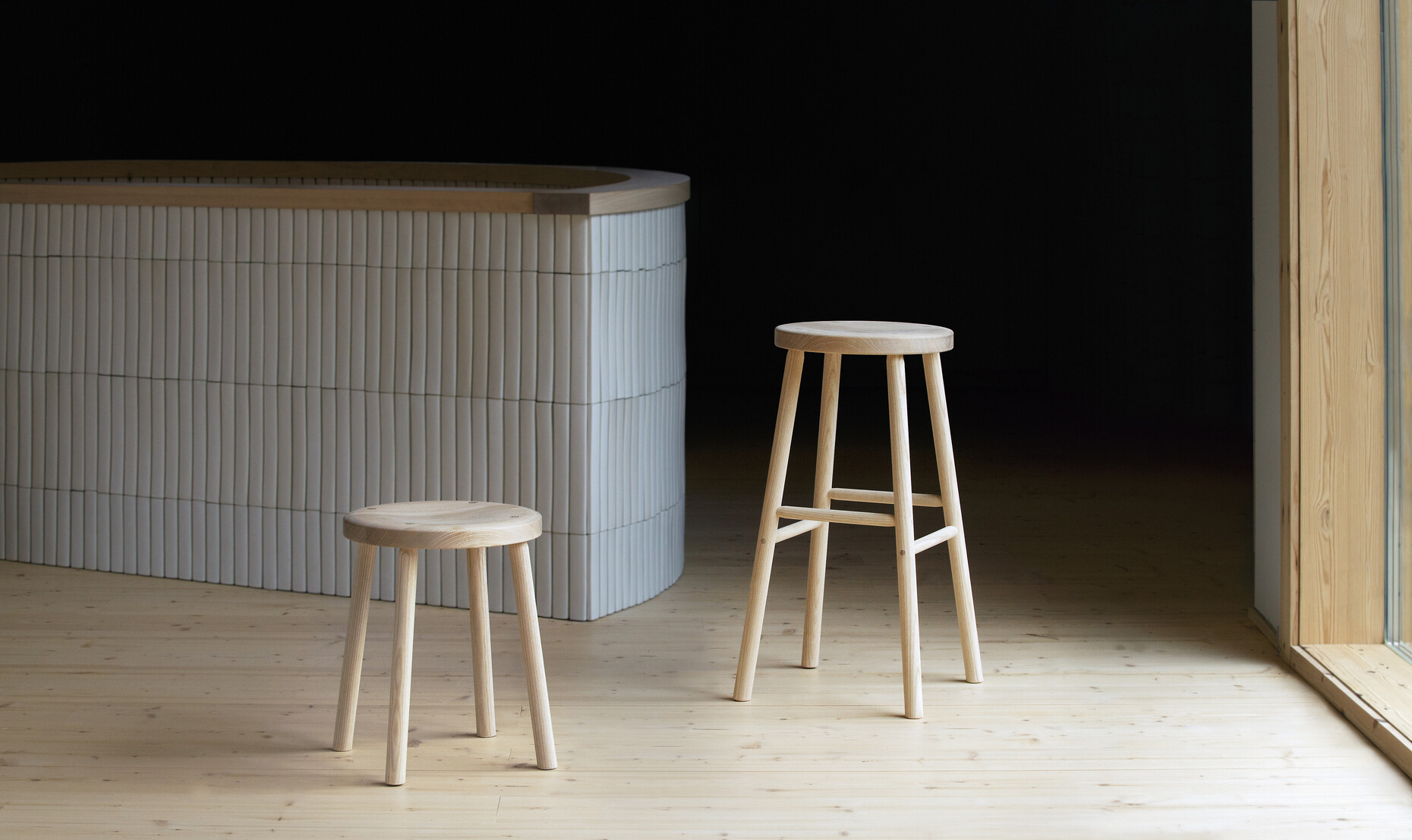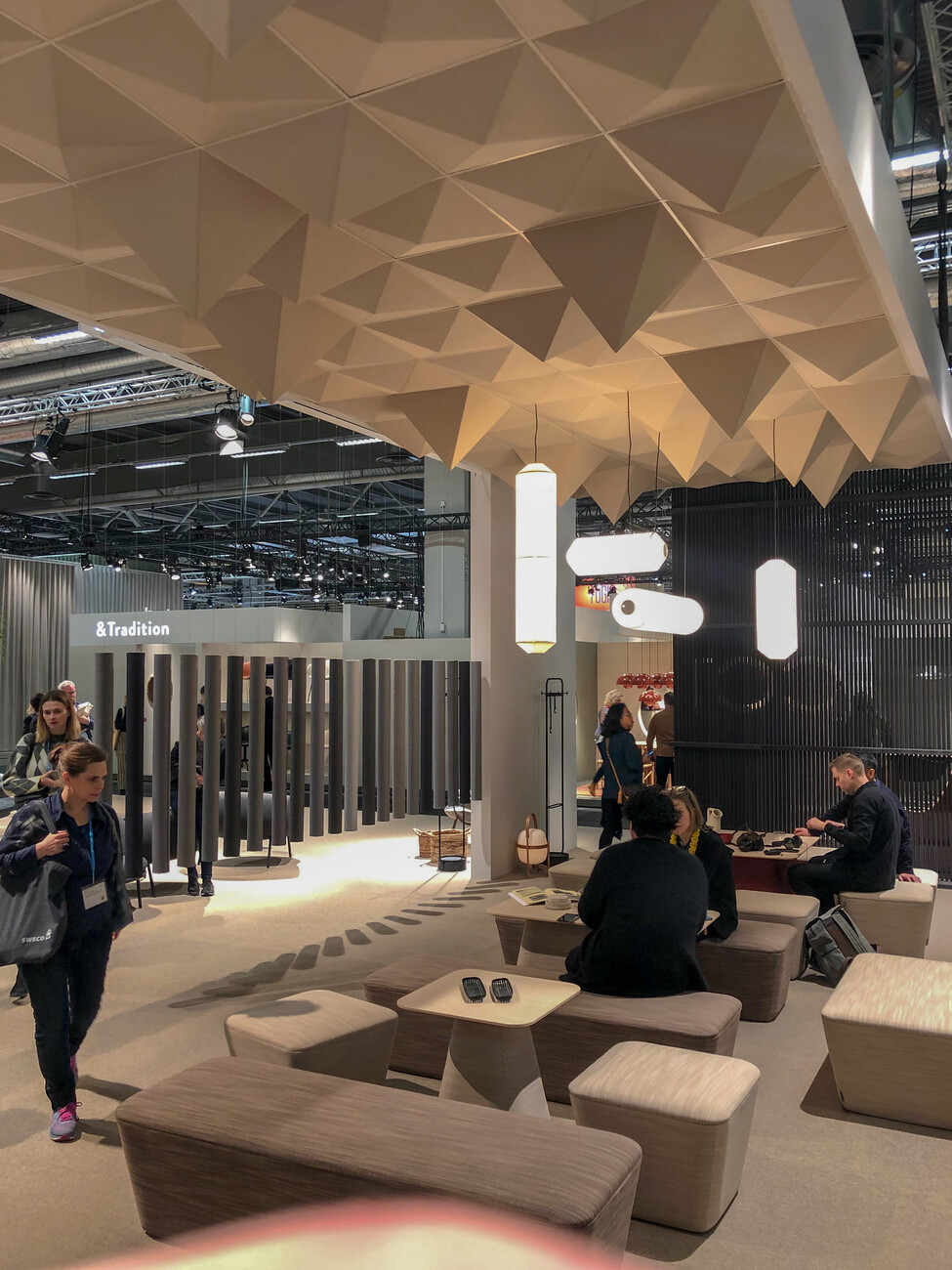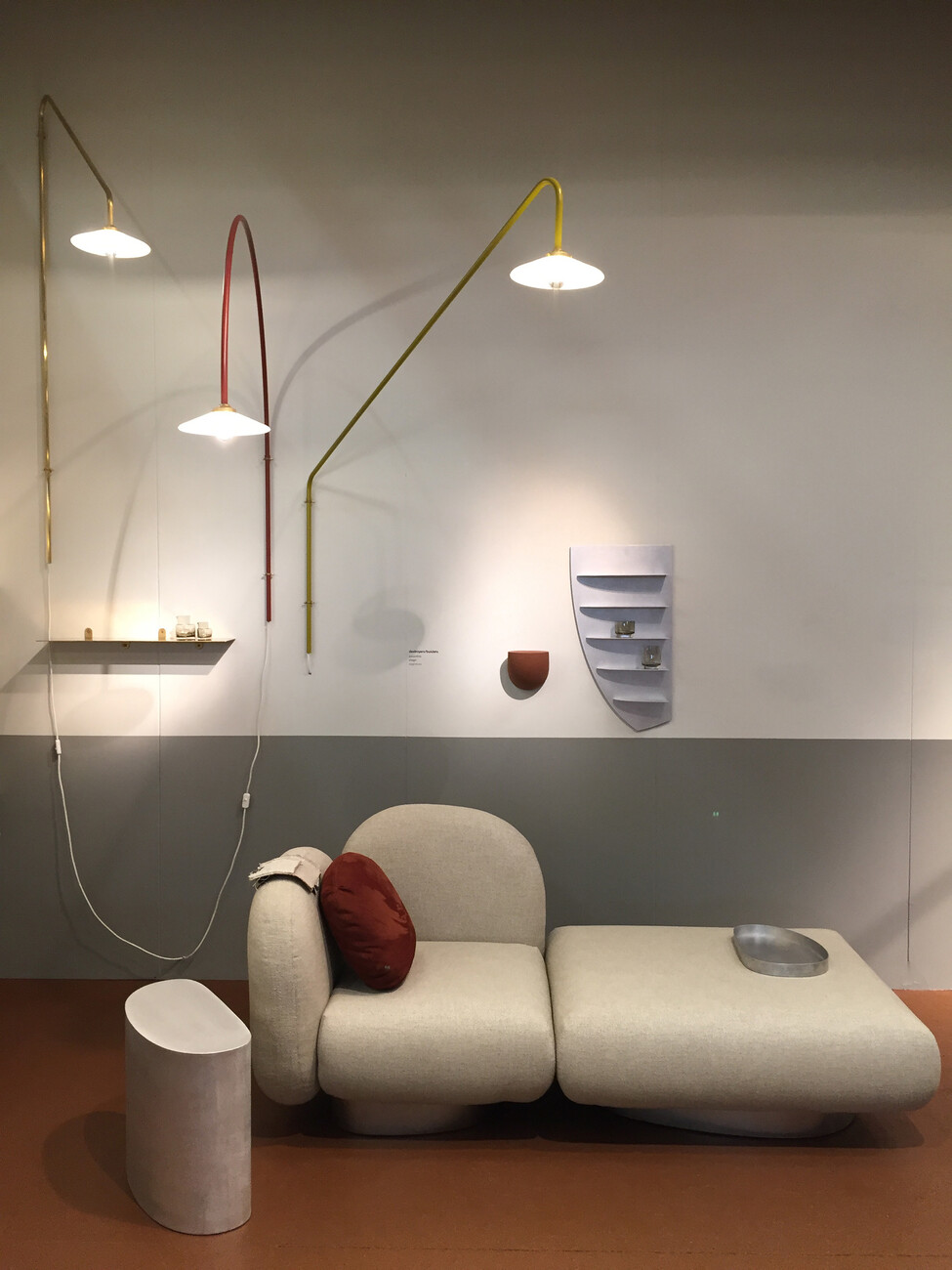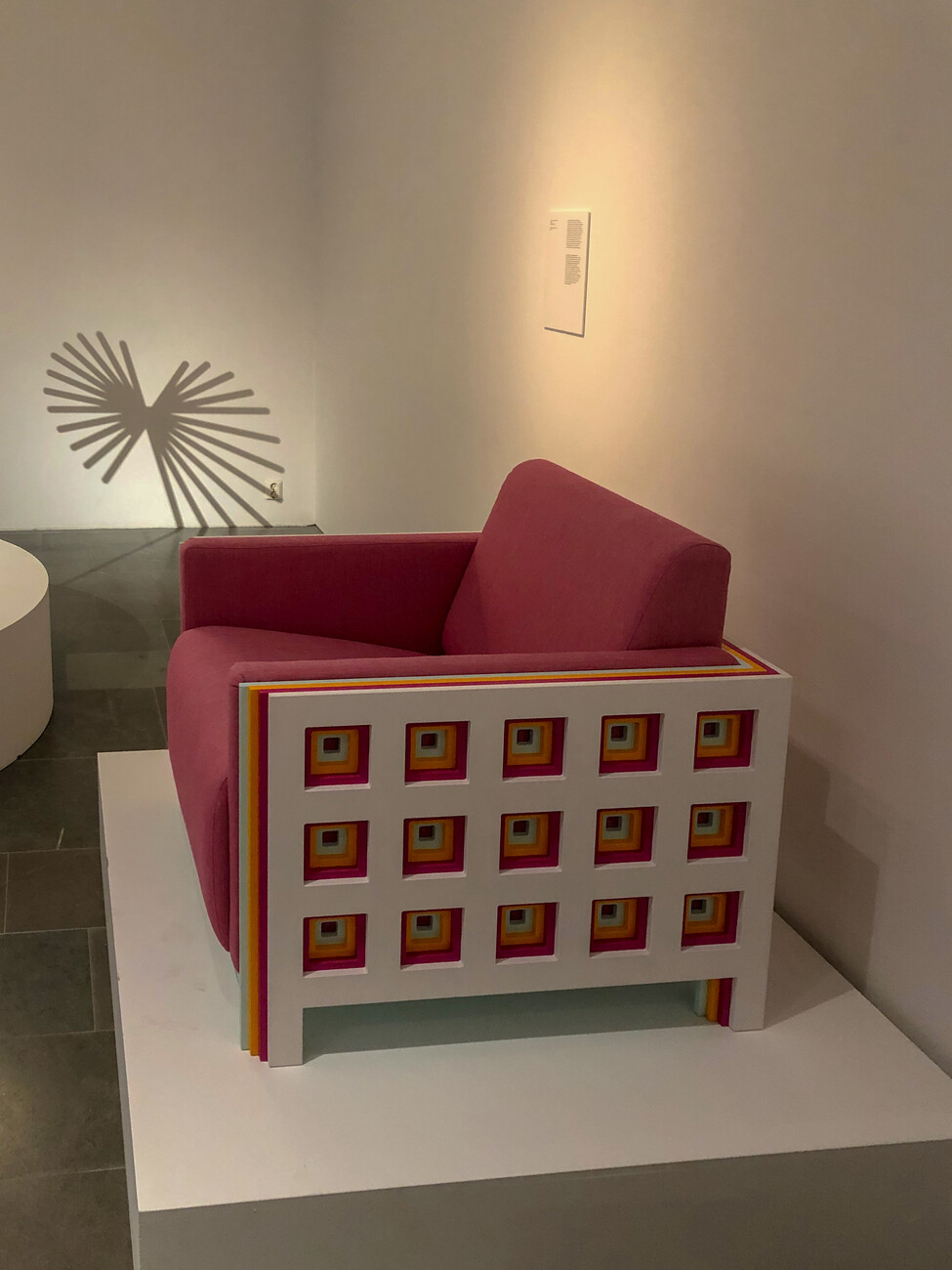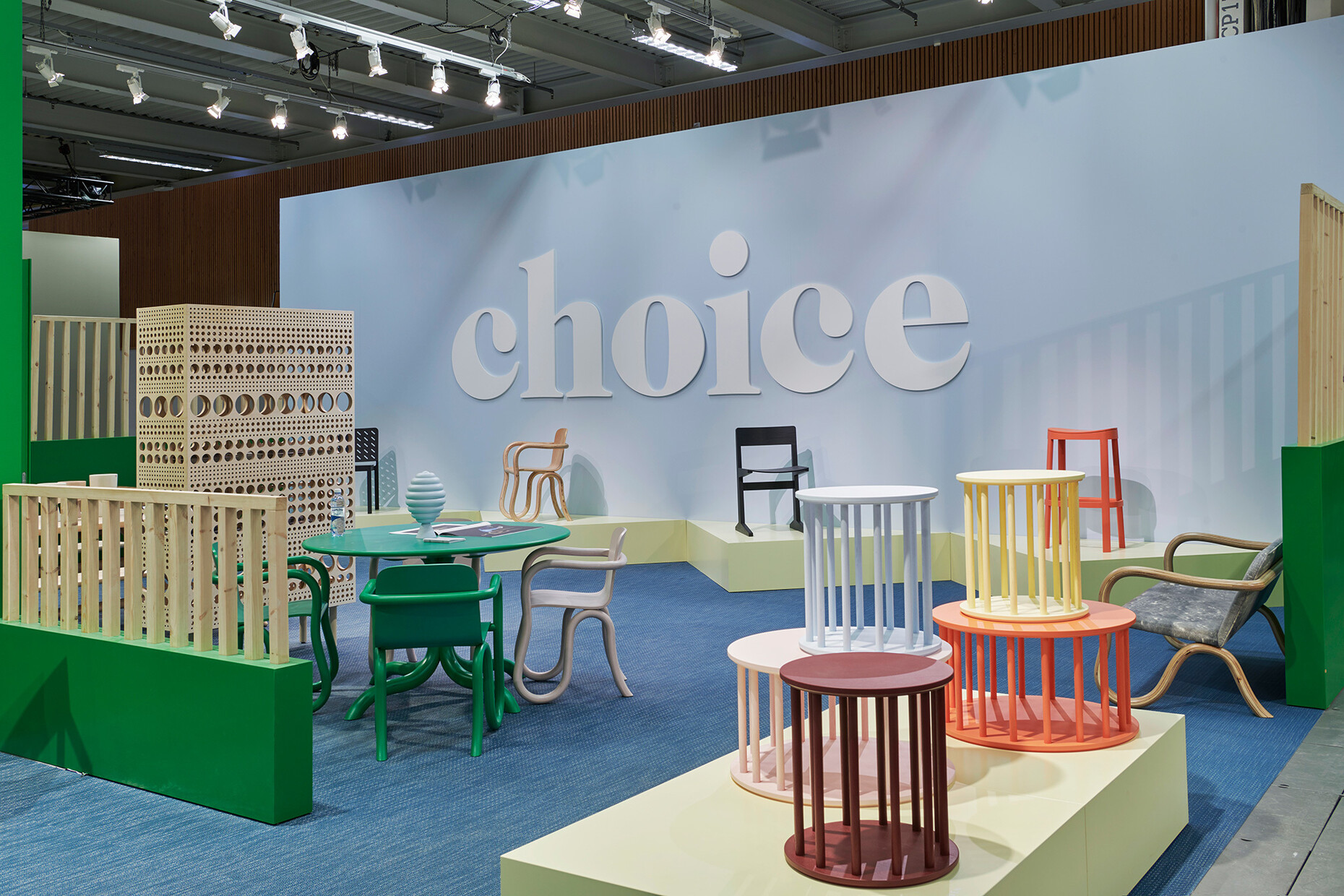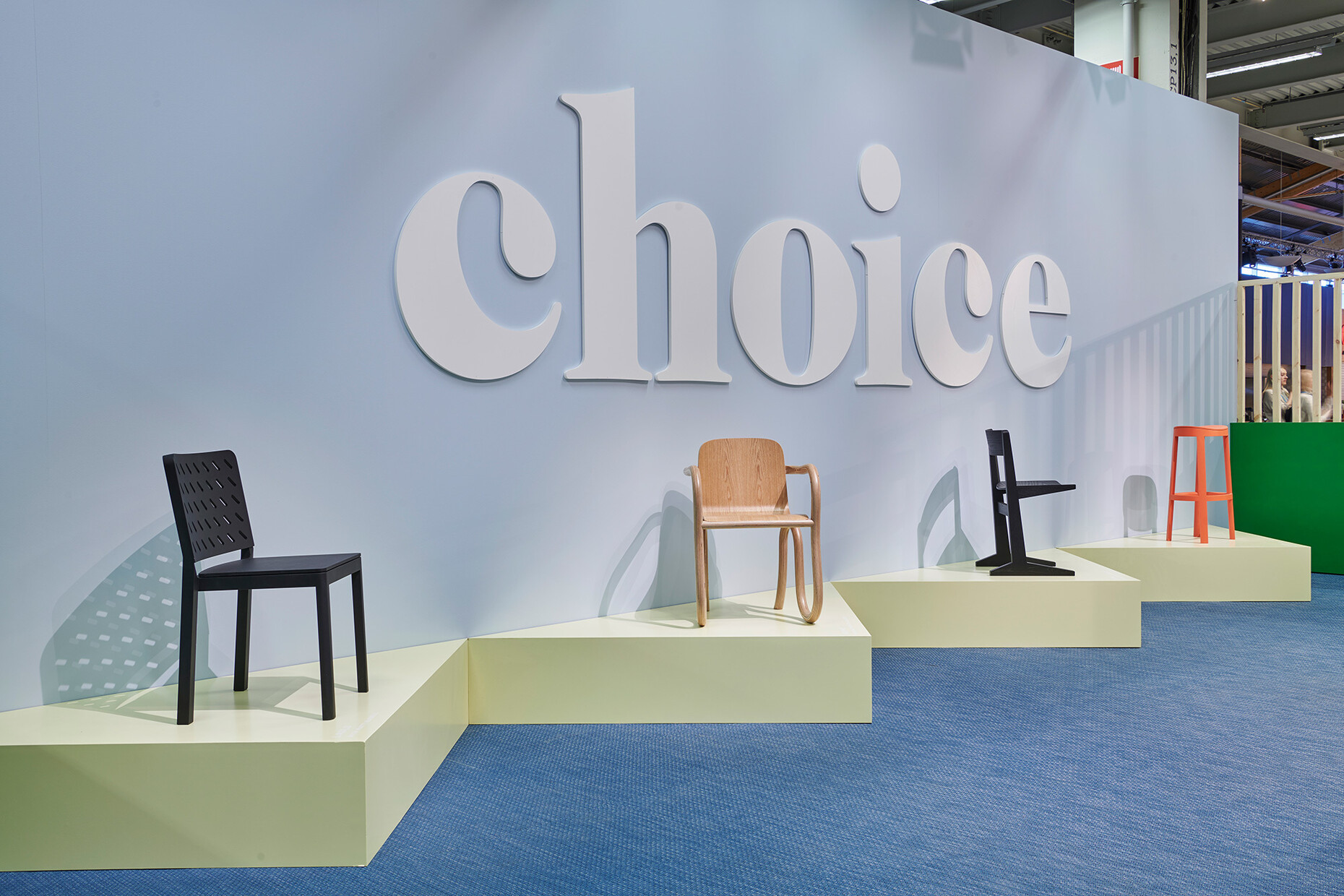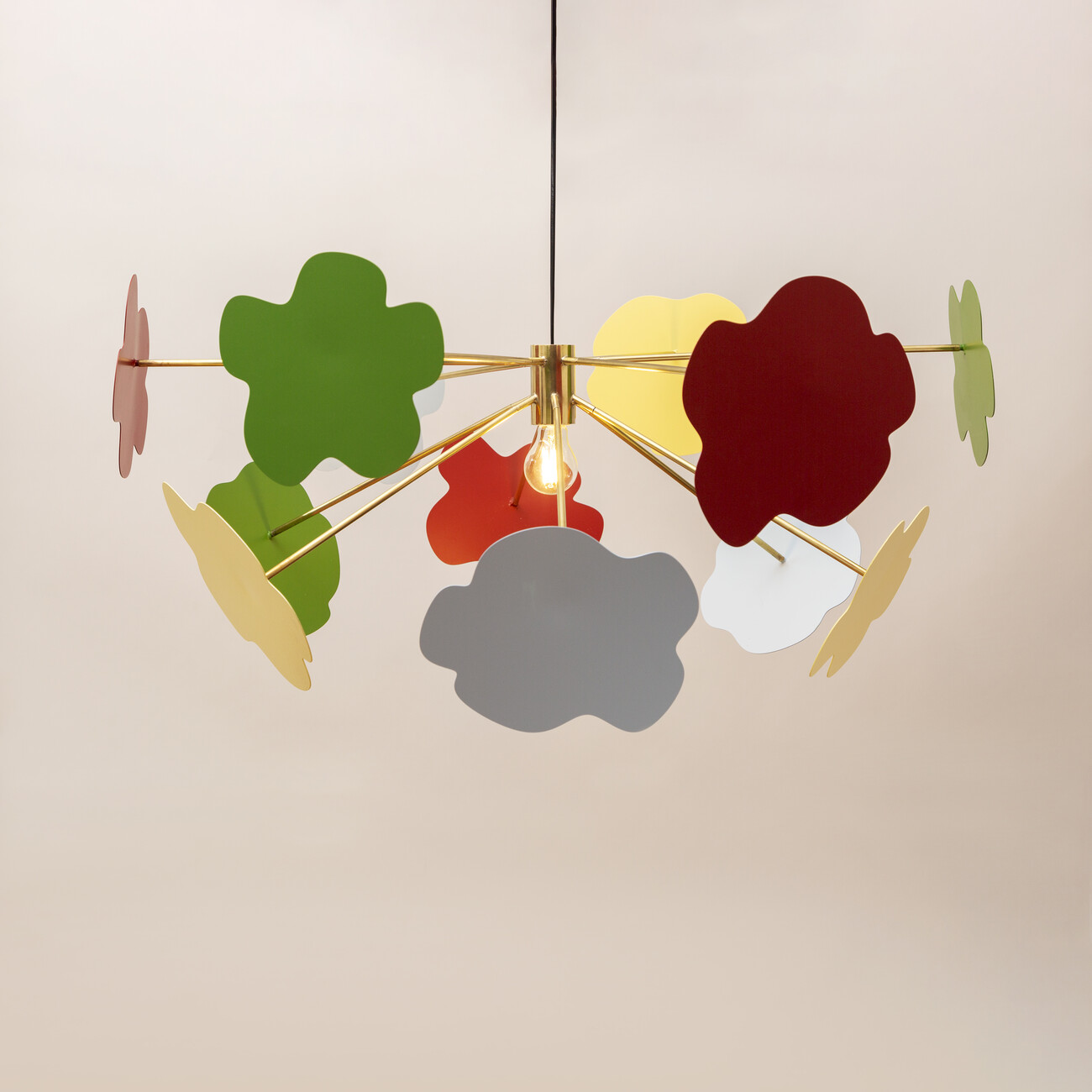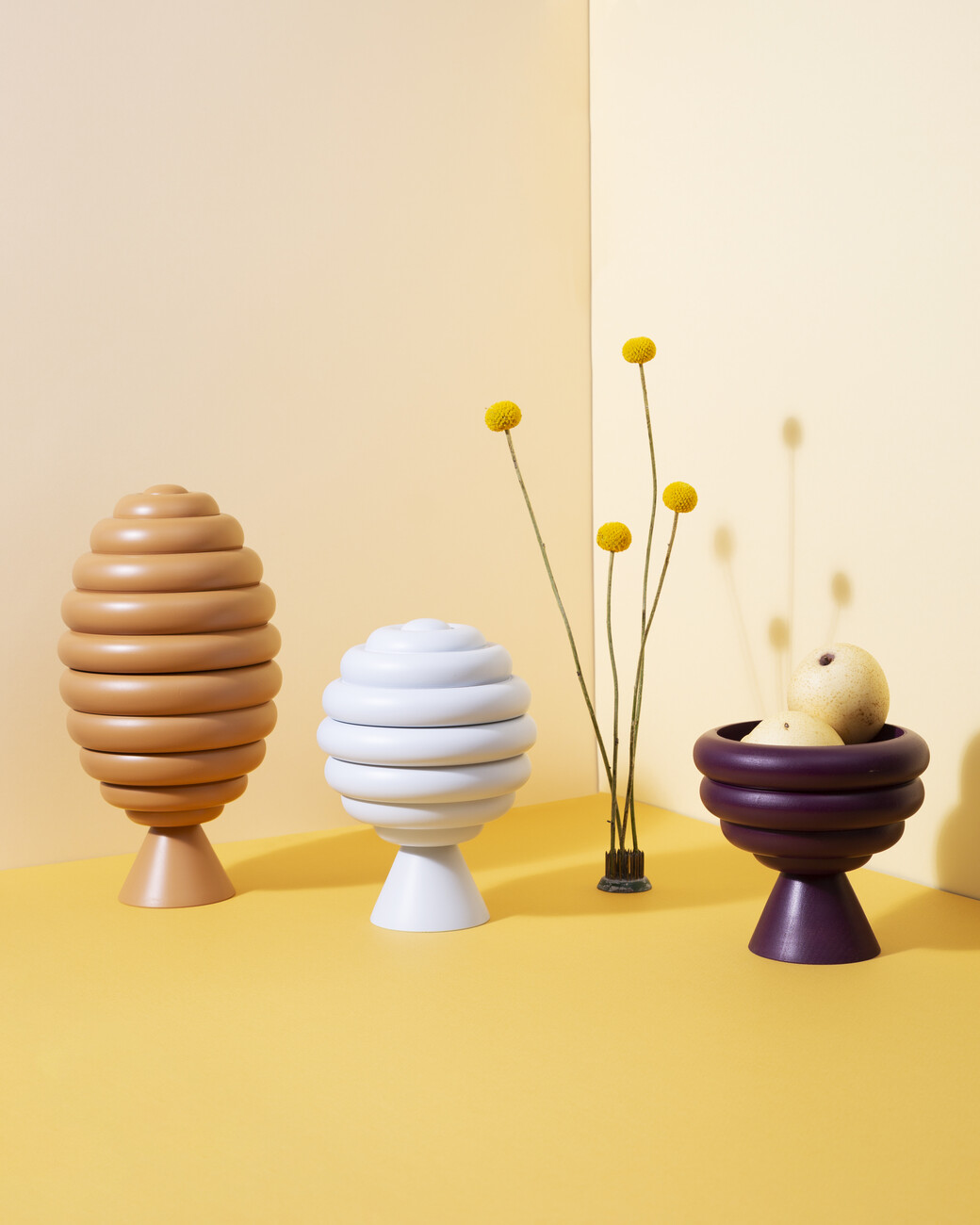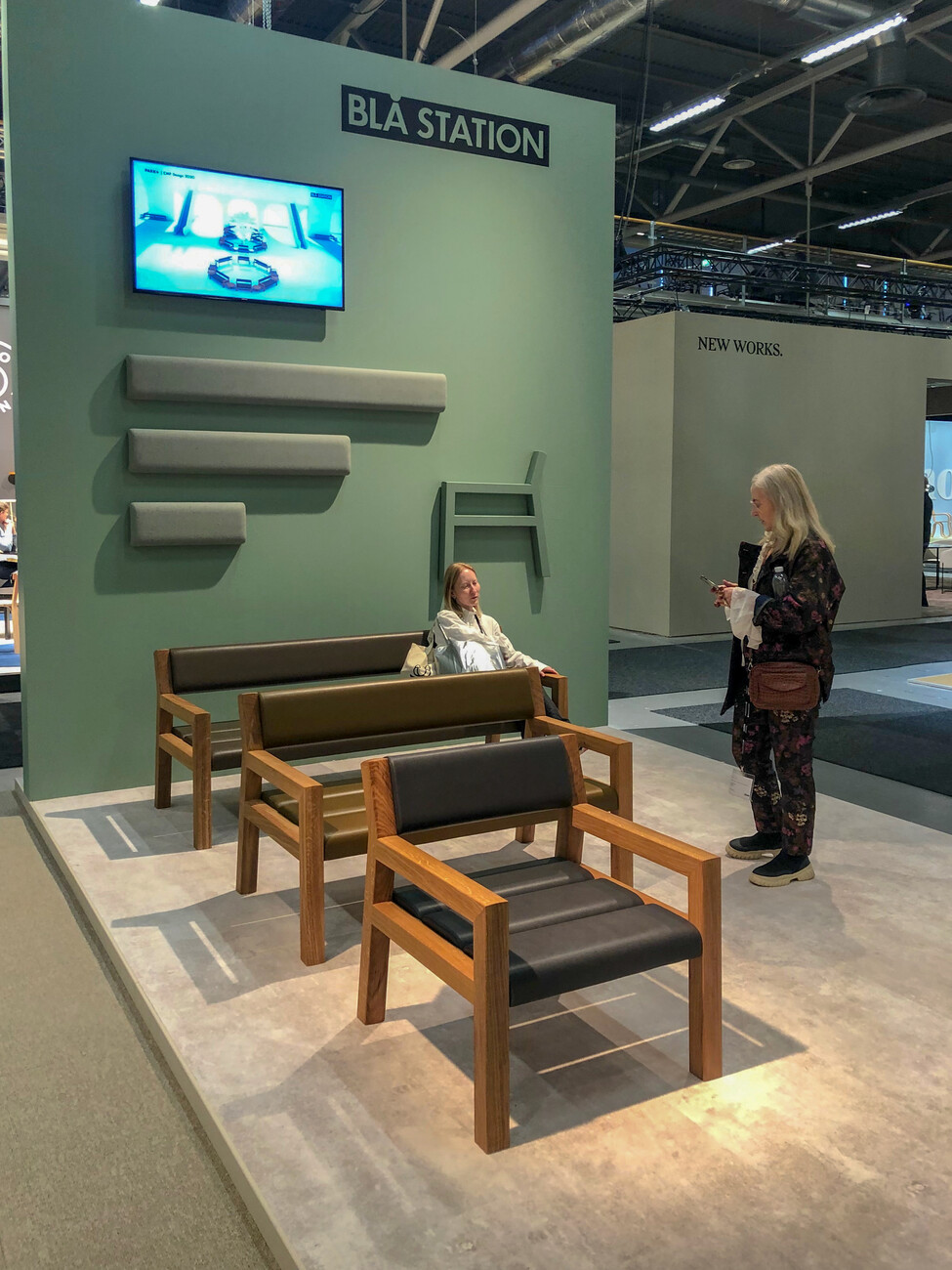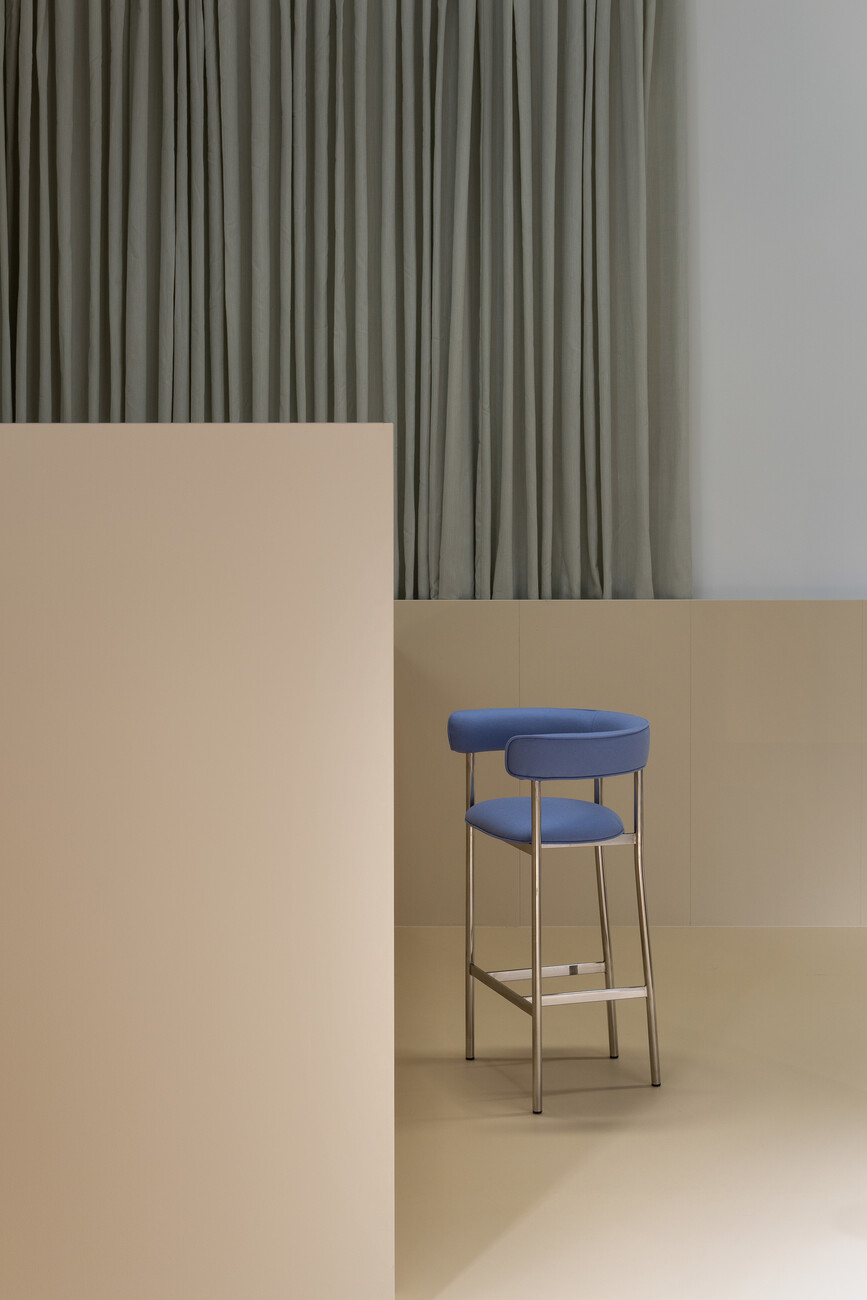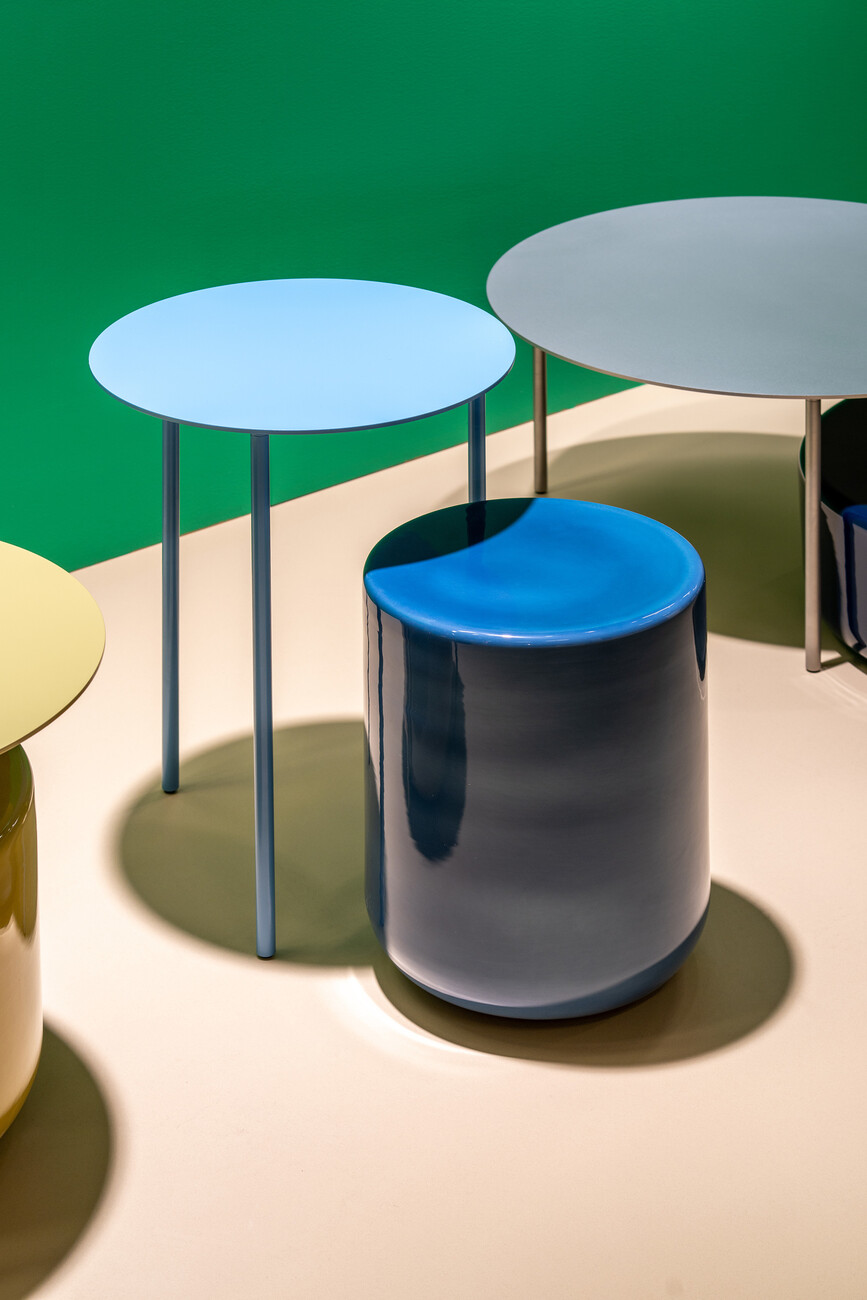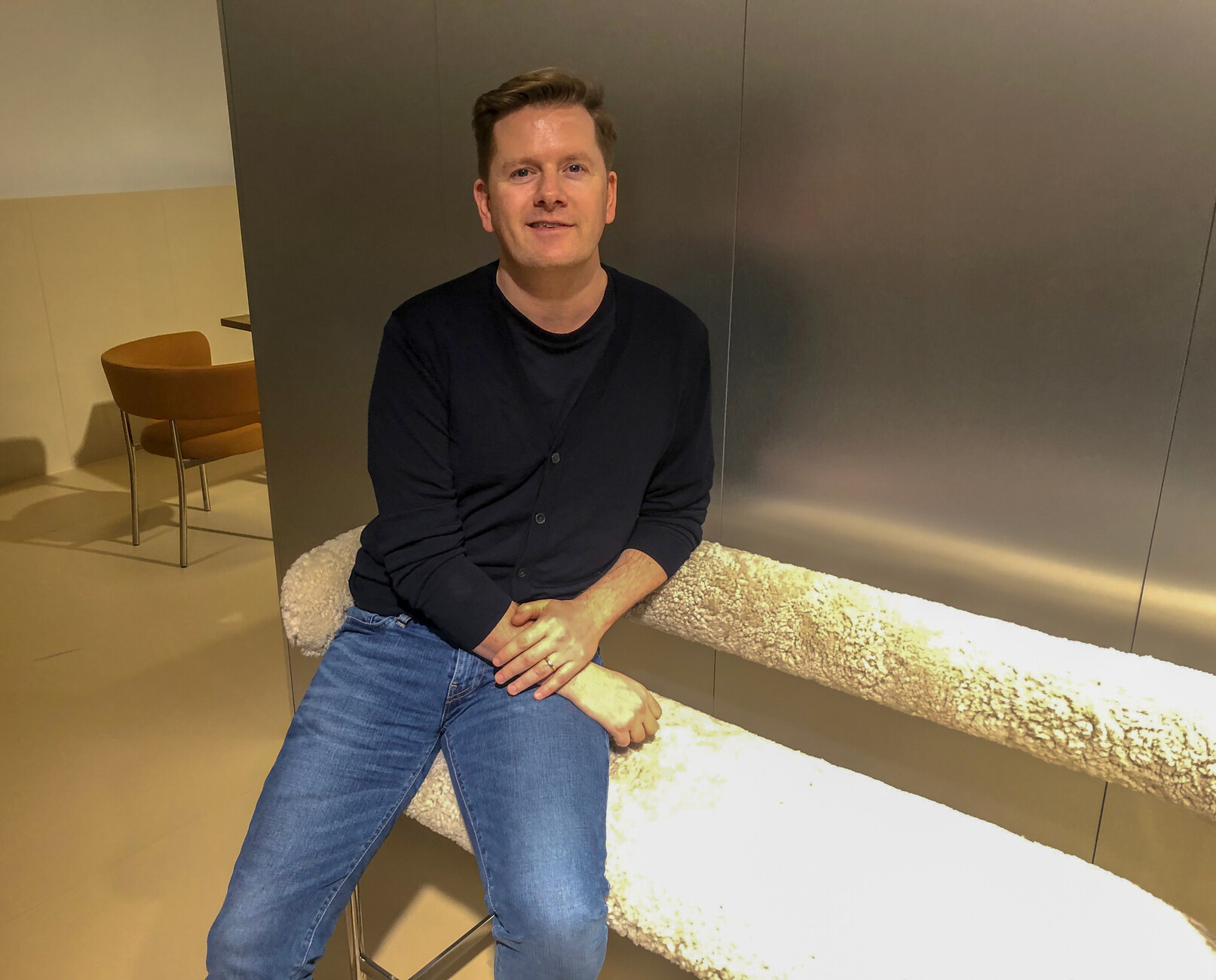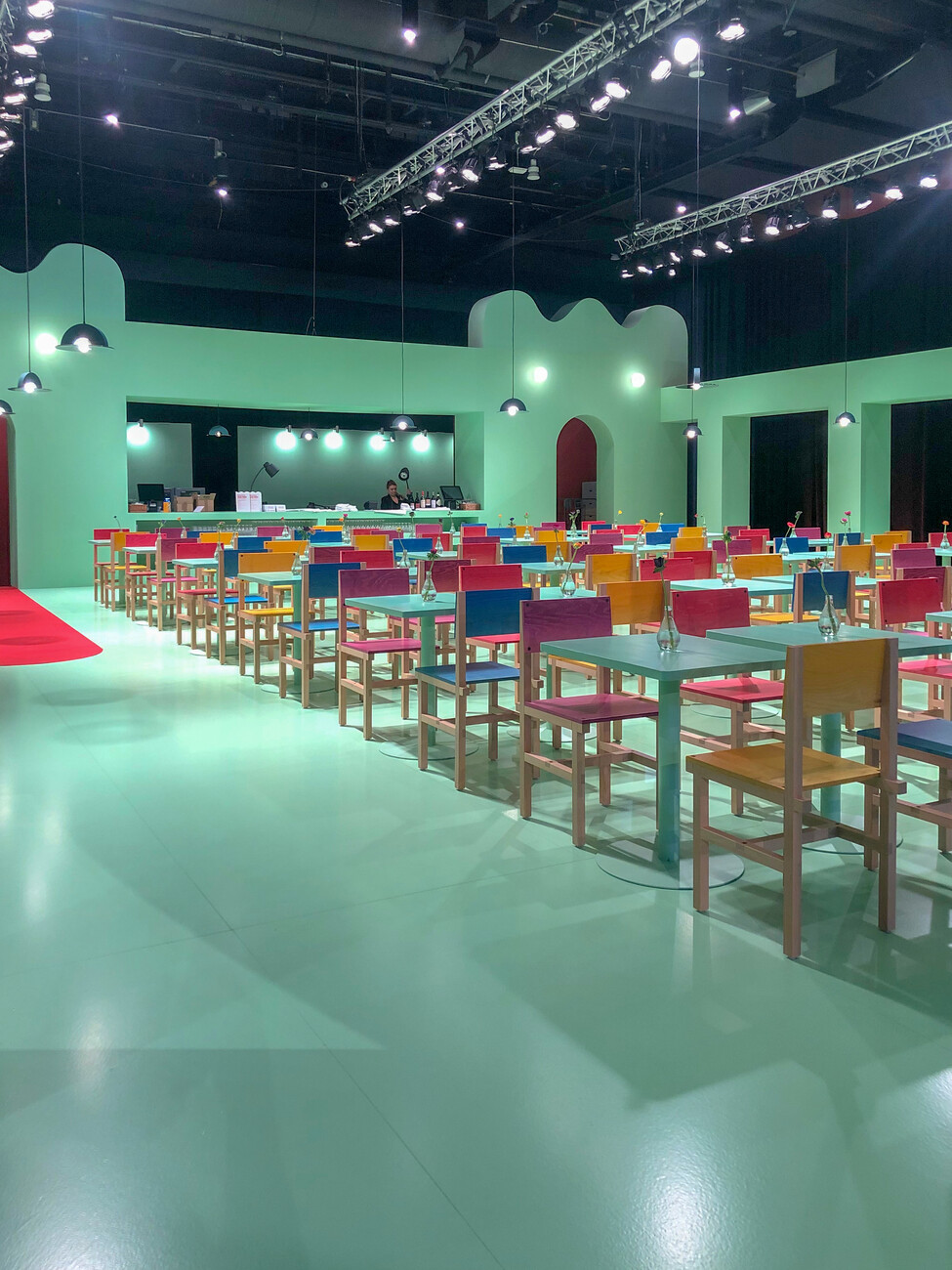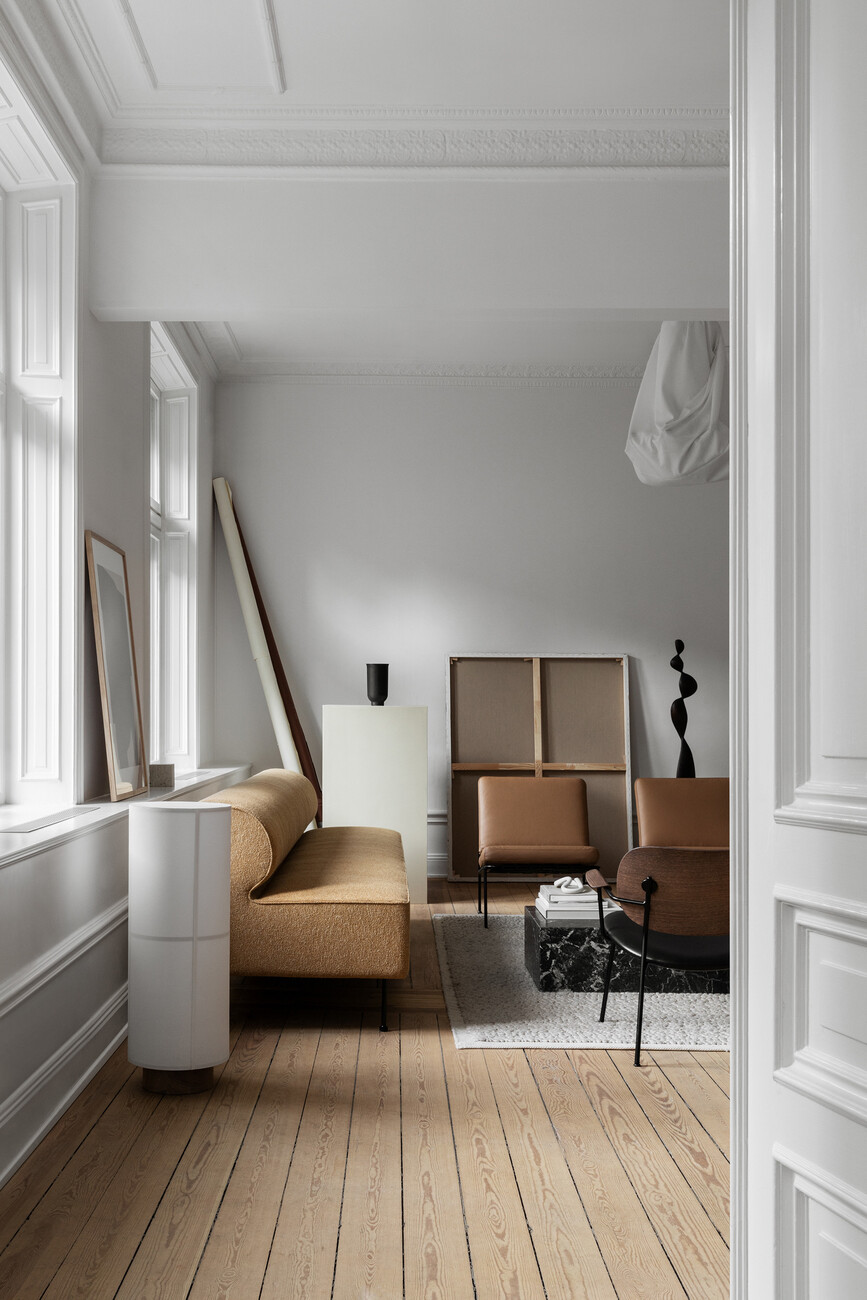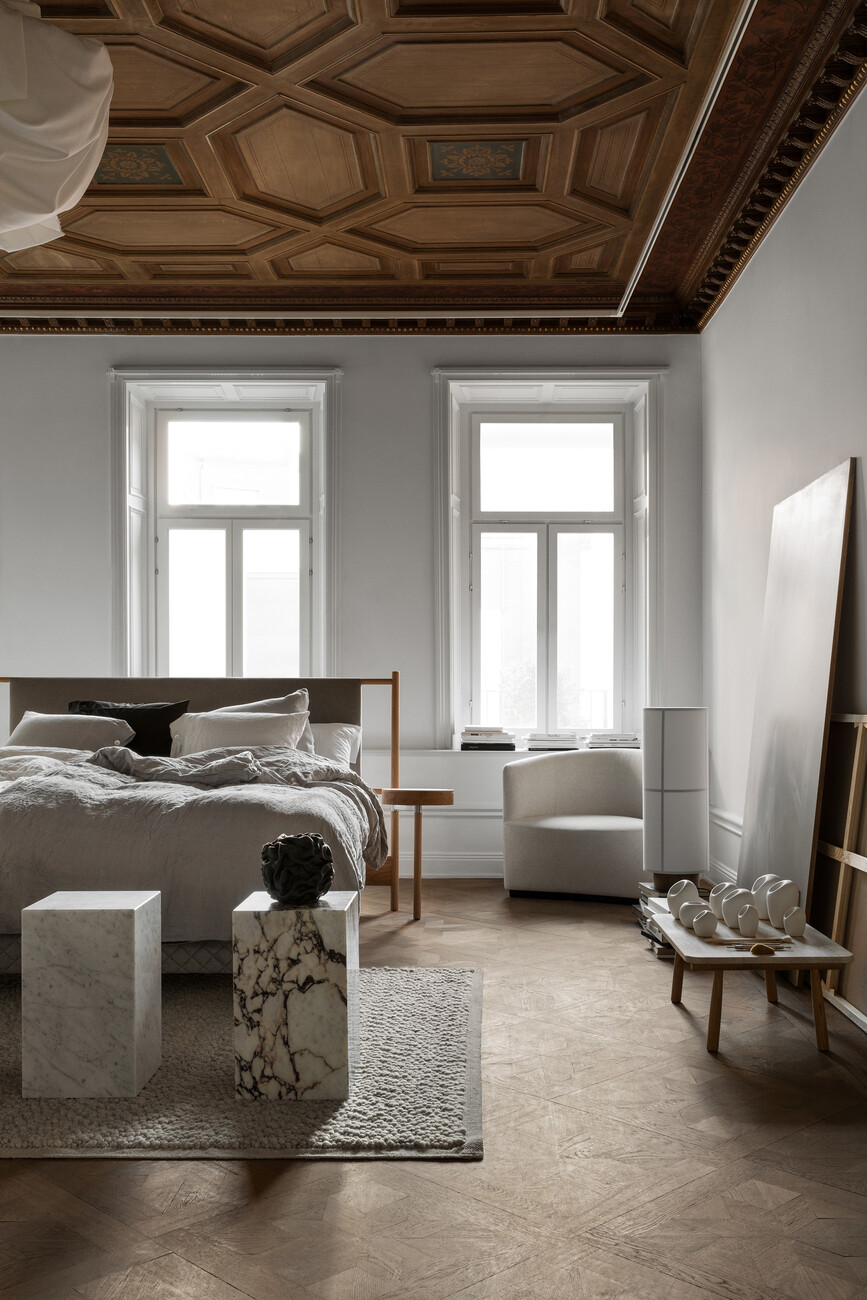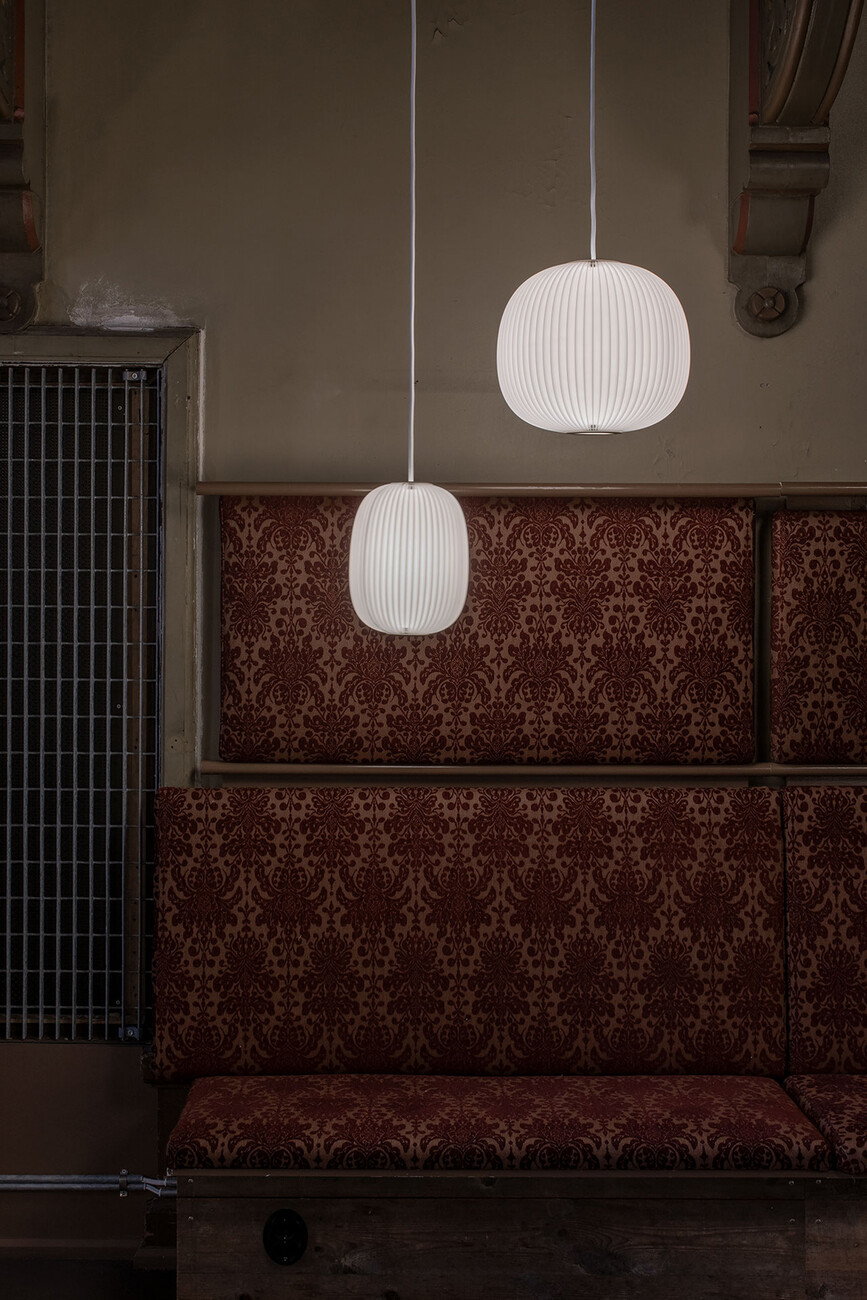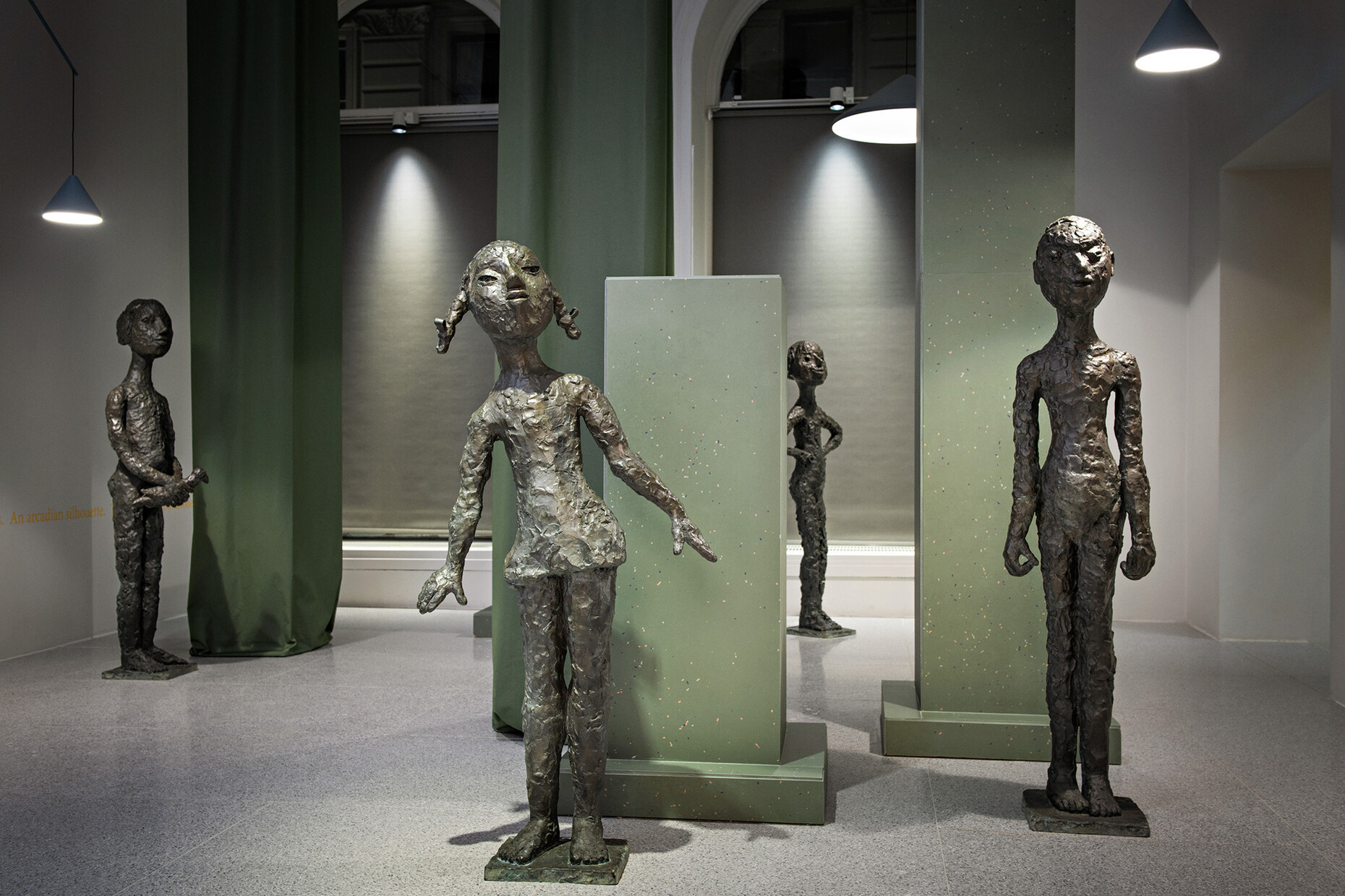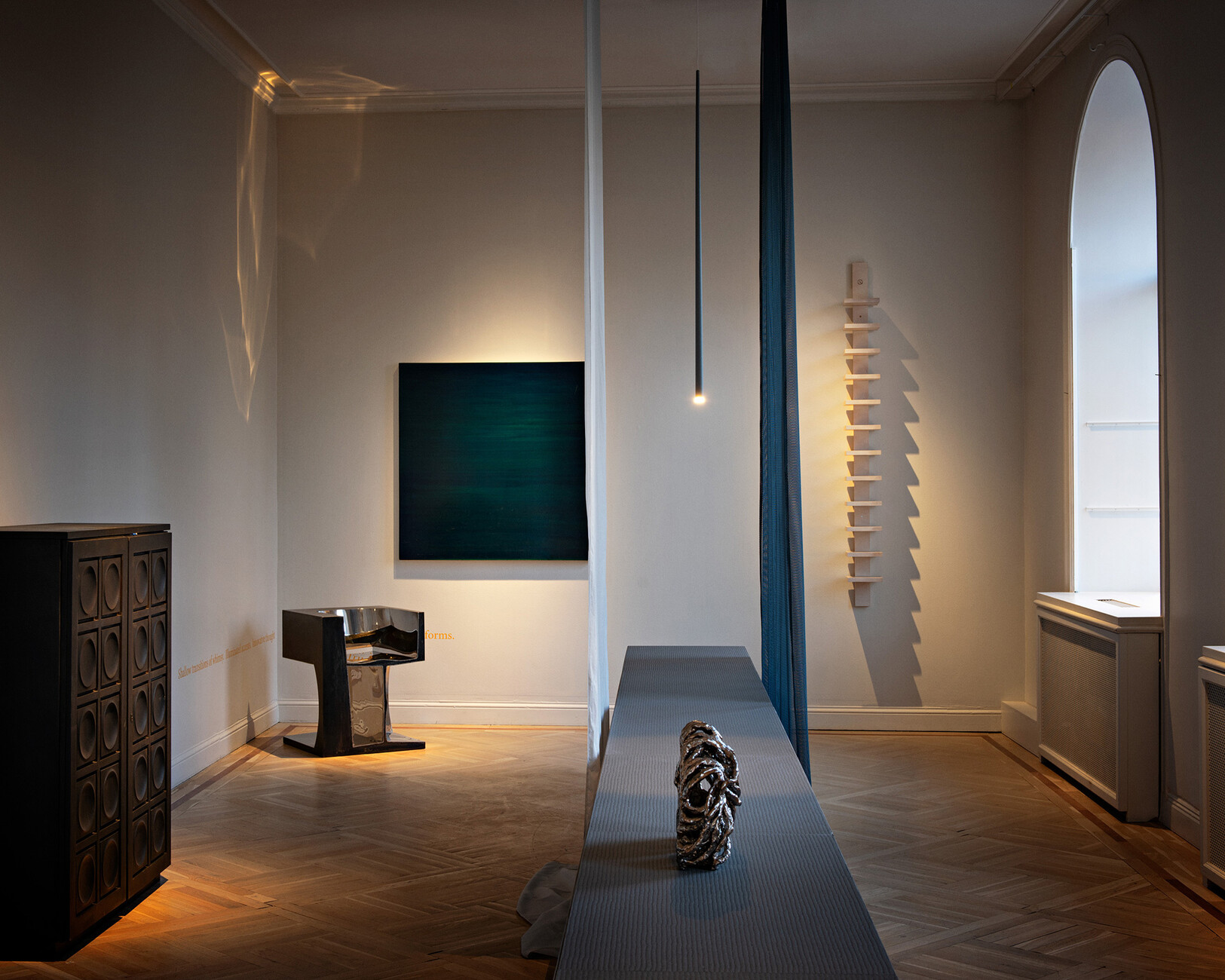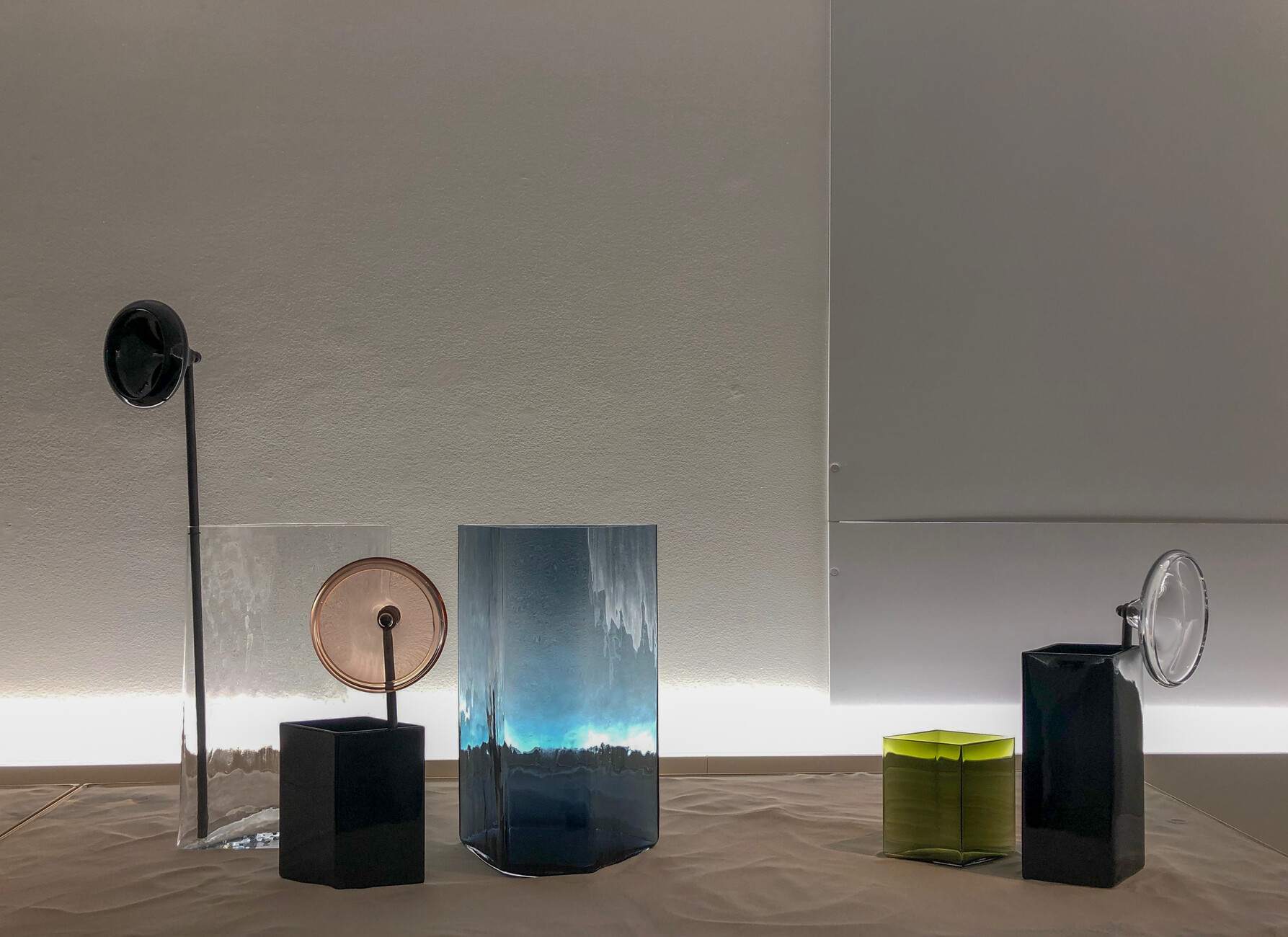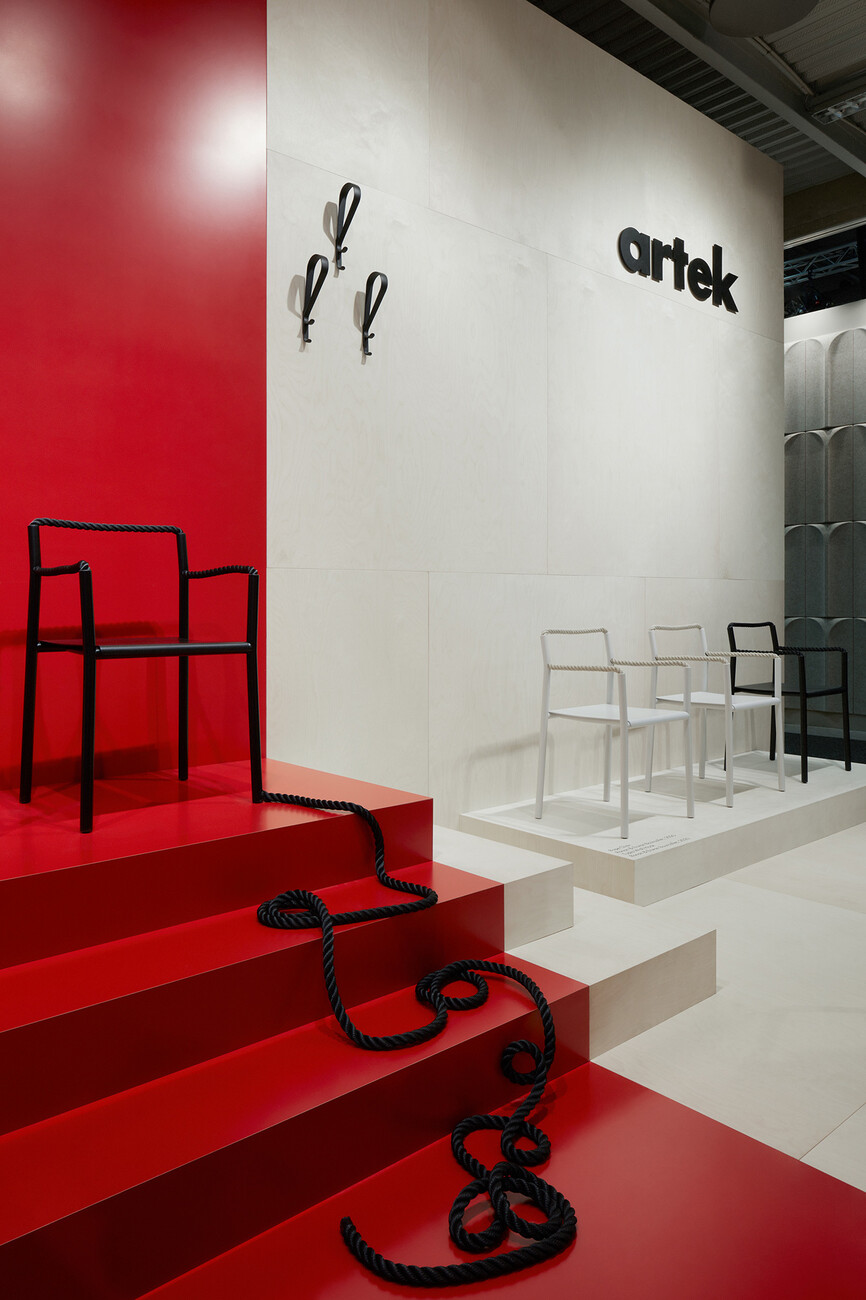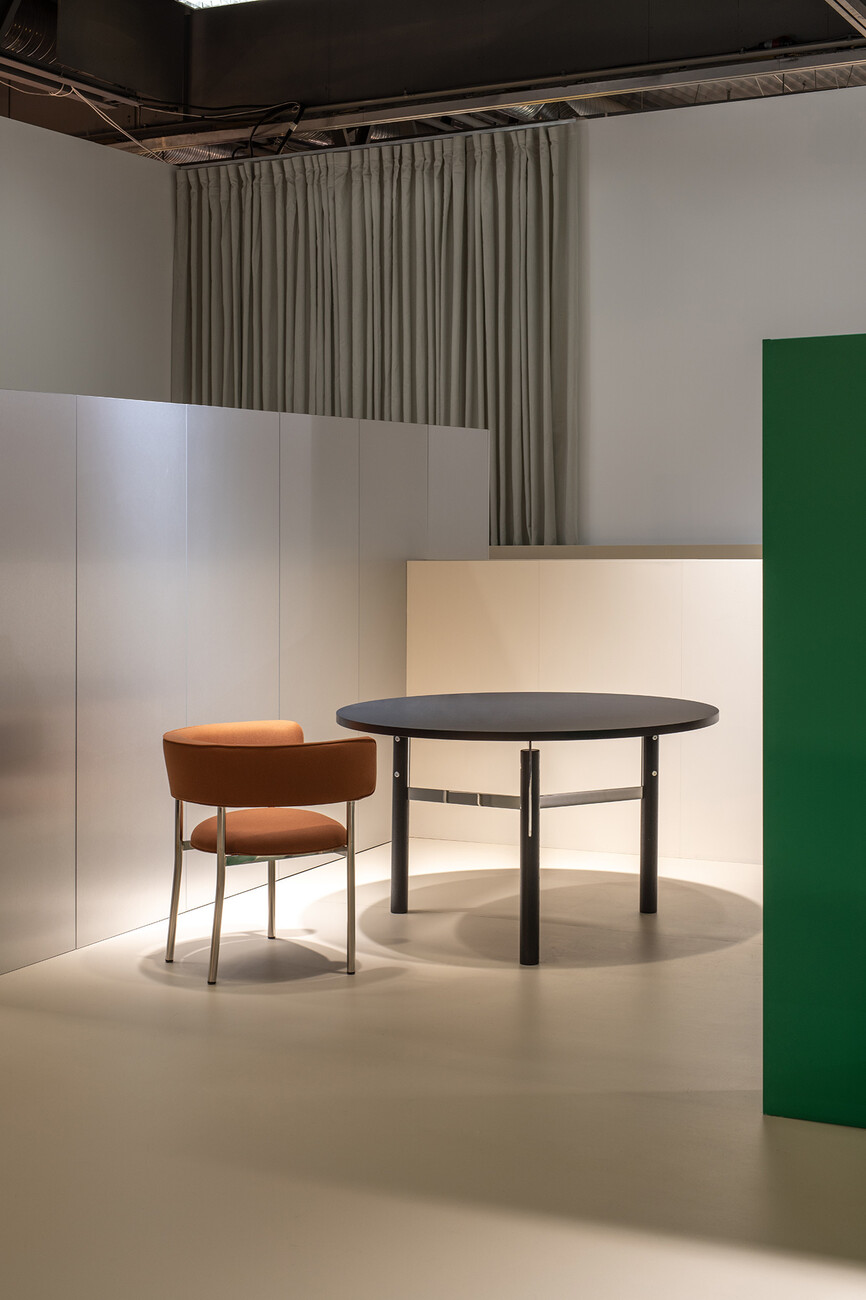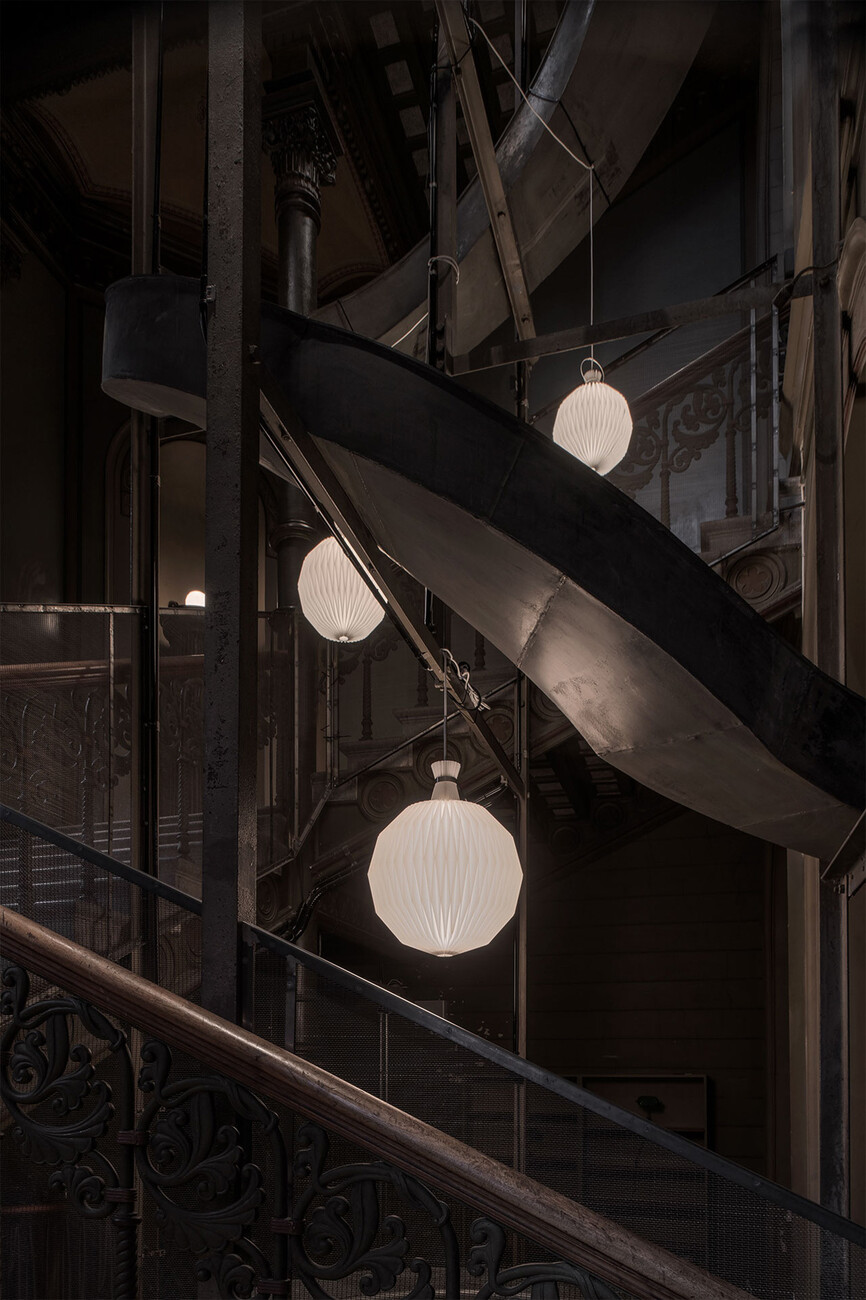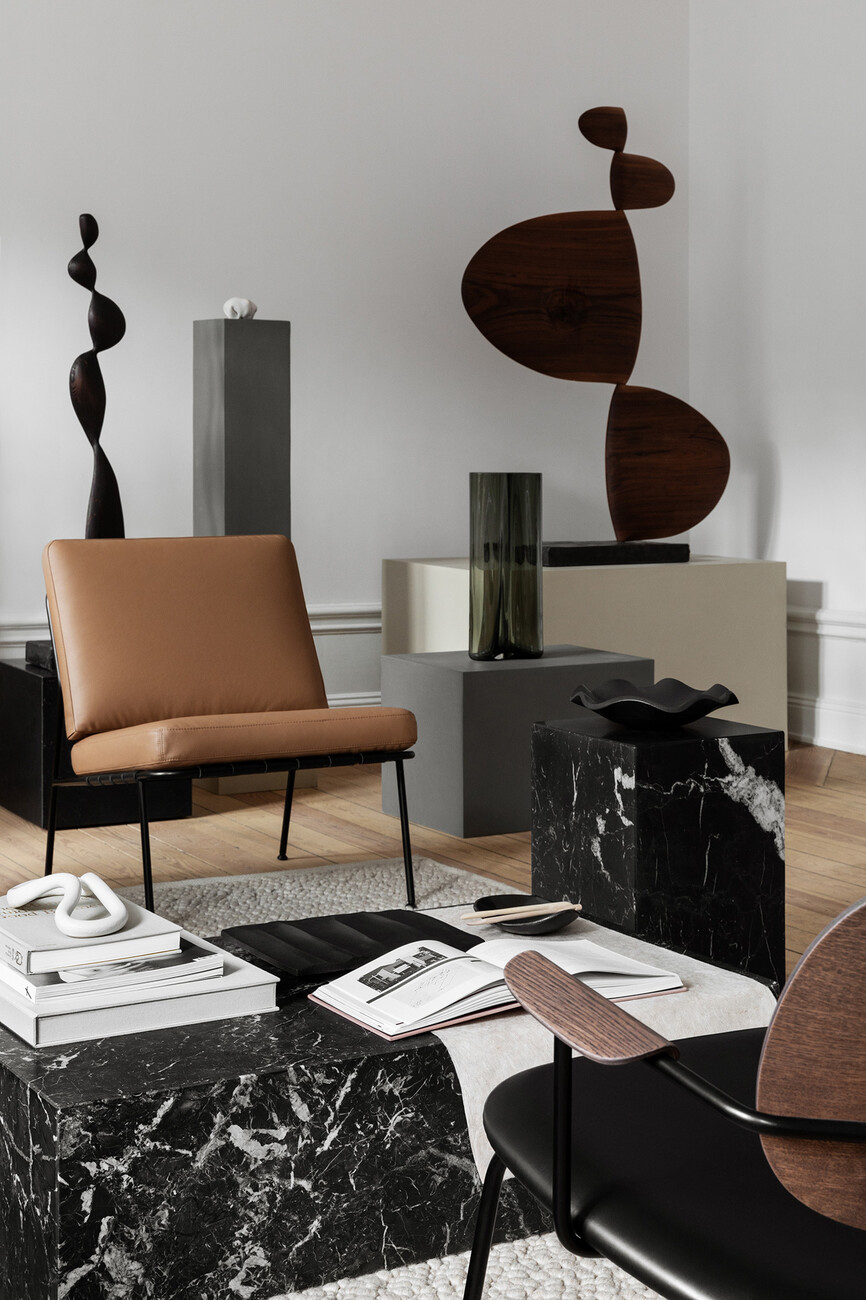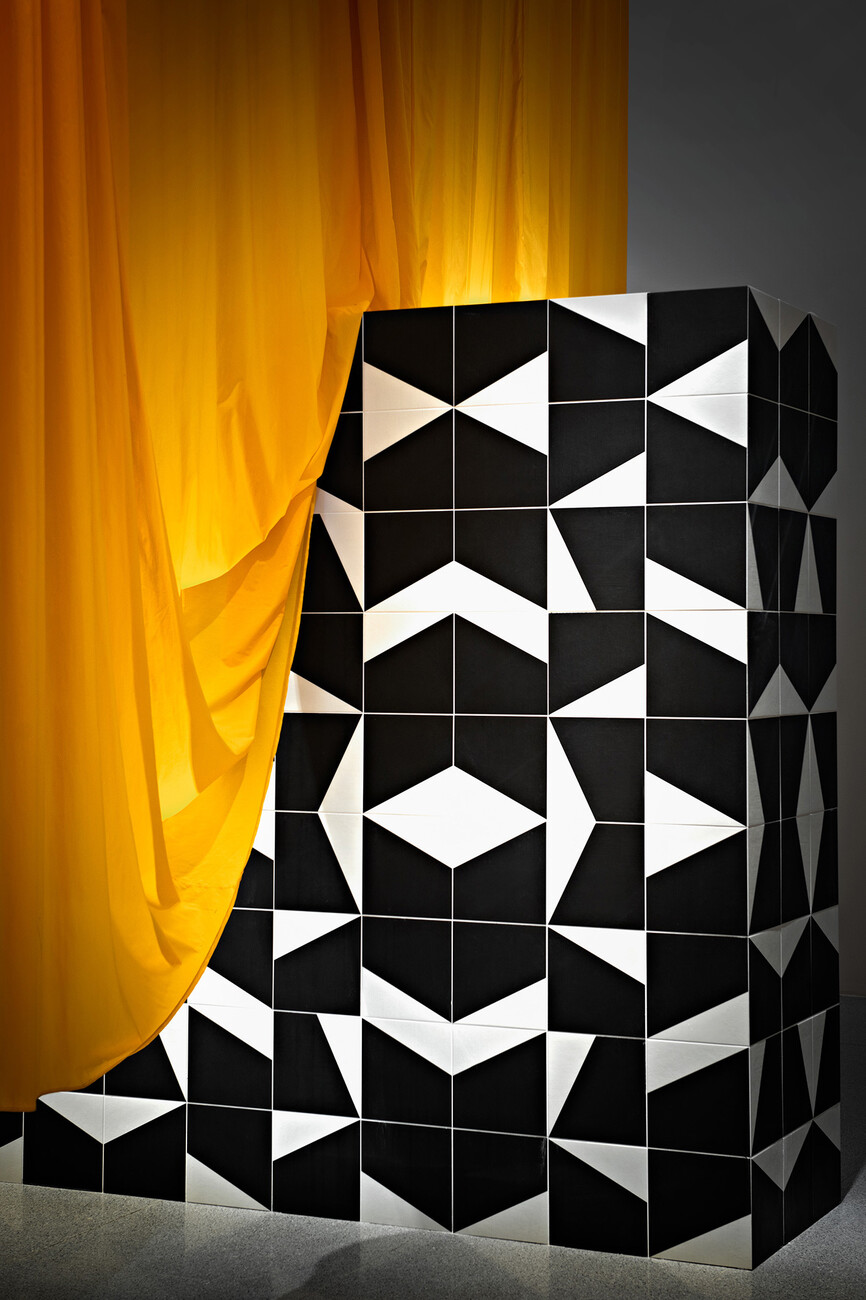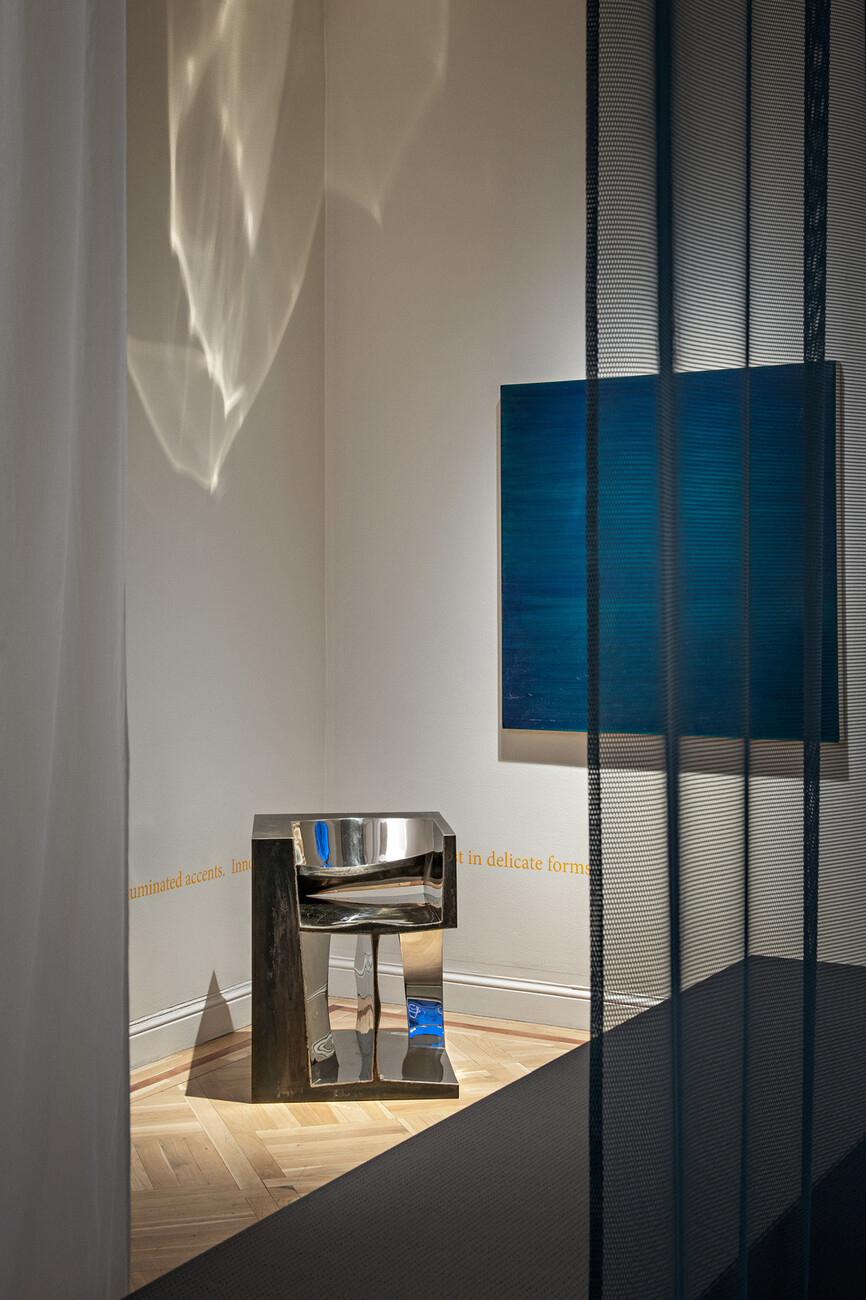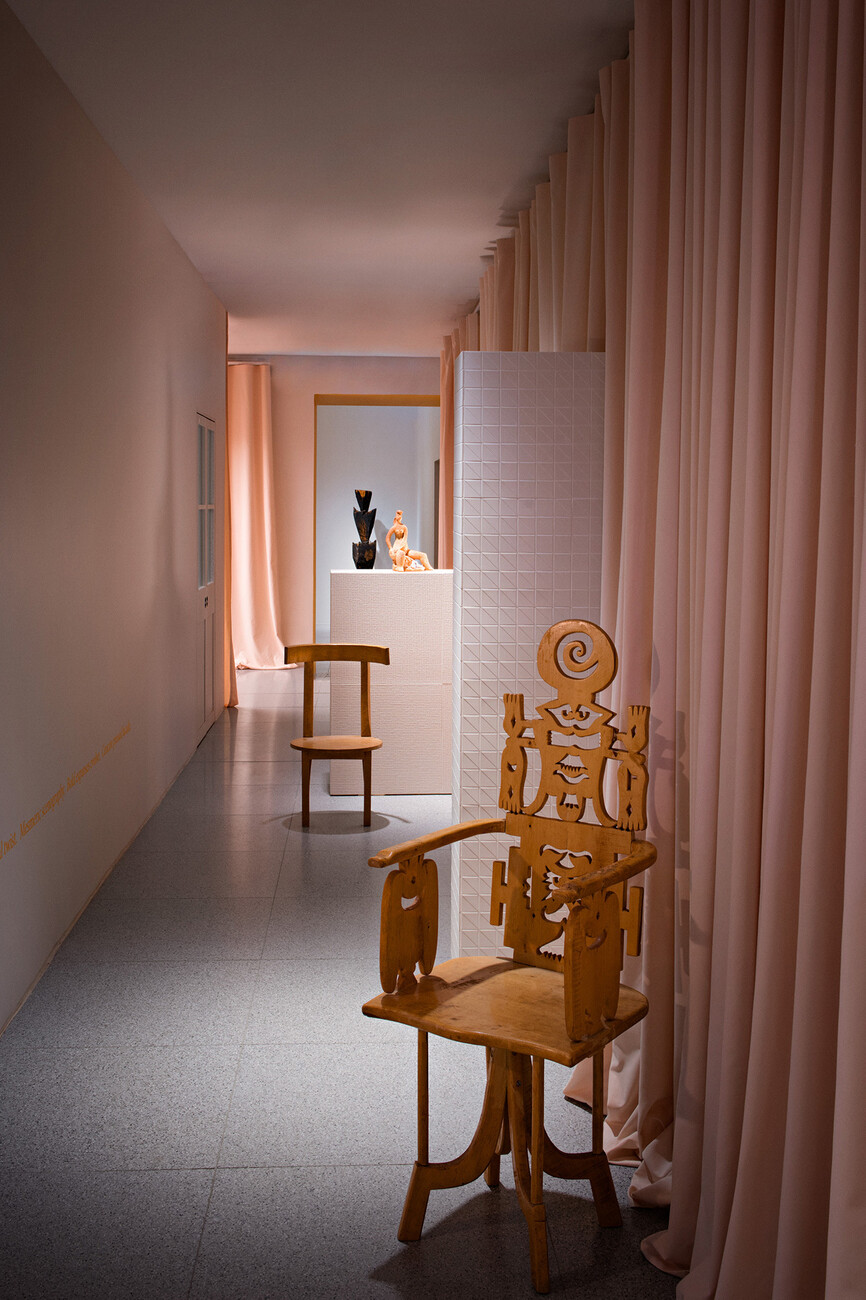Stockholm Furniture & Light Fair 2020
Innovative traditionalists
The Stockholm Furniture & Light Fair is a successful niche product. In its dimensions, it cannot possibly compete with rival events in Milan, Cologne or Paris, with almost exclusively Scandinavian manufacturers exhibiting here. So why is the show so popular among international visitors all the same? Of course, the enduring boom in Scandinavian design helps the Stockholm fair a great deal, but its success also lies in the successful exploitation of the opportunity presented. Although the exhibition site is small with just three halls, the fair is still far from provincial. Indeed, its manageable size is a trump card compared to mammoth events like the Salone del Mobile and imm cologne.
It’s a trump card, of course, which can only be played if the quality of the exhibits is consistently high. Nobody would make the trip northwards for just a handful of interesting exhibitors. Yet time and again this exhibition features interesting new manufacturers from Scandinavia, who later go on to create quite a stir in Europe or worldwide. Two years ago, for example, the Stockholm show saw the first appearances by furniture manufacturer Northern and lighting label “Nuura”. The latter has since become a veritable darling of the scene. This time it was the turn of young design company “Made by Choice” to make its debut. The Finnish firm, which up until the year before last was still showing its first collection in a tiny store in Stockholm’s old town, has grown rapidly. On its stand, it presented a whole series of remarkable designs – such as the “Goma” chair by Thomas Sandell, which looks like a Thonet armchair in which the bentwood has been swollen to arm-thickness. The furniture on the stand is bathed in bold colors – bright green, fiery red, purple and yellow. It’s actually something of a beacon in the Scandinavian furniture universe, which is otherwise so consistently marked by wood, leather and the color brown. Indeed, other young brands from Scandinavia are clearly also keen not to rely on the endless endurance of the mid-century revival and are therefore seeking to plug into the European avantgarde. Hence, there are plenty of splashes of color in the exhibition halls this year amid the ever-predominant natural wood.
This is good news also for the Stockholm Furniture Fair, the international success of which is closely linked to the fortunes of the Scandinavian furniture industry, and the exhibition itself is likewise attempting to shore up its position with innovative concepts. For the third time, the conference hall has been designed as a combination of restaurant, lounge and auditorium – this time based on designs by Fredrik Paulsen, who has engineered a neo-postmodern ambiance that is reminiscent of the higgledy-piggledy architecture of Charles Moore and Michael Graves. The foyer, meanwhile, became the domain of the honorary guest as in previous years, and was therefore dedicated to Nipa Doshi and Jonathan Levien in 2020. The London-based design duo created an impressively beautiful pavilion made of plywood, with their creations to date distributed within its curved interior.
Another success factor of the fair is its scheduling in parallel to Stockholm Design Week, for which new elements appear at multiple sites in the city center. This year, for example, five Scandinavian and Japanese brands exhibited their products in the magnificent, historic rooms of the former Swedish State Archive. Among these were the longstanding Danish lighting manufacturer Le Klint, as well as furniture producer Ariake and the ceramics label 2016/ from the porcelain-producing town of Arita. For the more minimalist objects, the cast-iron beams and ovens, the dark wood and the floral ornamentation of the old building created an inspiring contrast. At Bukowskis Auction House, design studio Note created the “Adjectives” exhibition, for which it brought together art objects from the auctions and textile spatial installations made using fabric from Kvadrat and lights from Vibia. “Imperfections”, meanwhile, was the exhibition launched by Iittala with Ronan and Erwan Bouroullec at the Wetterling Gallery. The two designers were commissioned by the Finnish glass factory with making a series of vases and stylized glass flowers in delicate colors, which are spread throughout the exhibition space on plinths with soft back-lighting. For Menu and bed manufacturer Dux, Norm Architects furnished the apartment of a fictional sculptor, creating still lifes large and small using furniture objects and numerous works of art.
Somewhat hidden as a guest in the Montana showroom, upholstered furniture manufacturer Erik Jørgensen exhibited the first prototype of a sofa system based on a design by the architecture and design studio Snøhetta. “Casework” incorporates a Cubist wooden frame and armrests that extend into small shelf surfaces. The effect is very solid and very Scandinavian – compared with Snøhetta’s architecture designs, however, it is also somewhat plain. In any case, anyone seeking a spectacle would probably be better served somewhere other than Stockholm. The Stockholm Design Week and the Stockholm Furniture Fair rely on the strengths of the domestic furniture industry – quality, reliability, longevity. Yet from these roots, the Nordics are drawing the power for surprising prowess in innovations that was evident at both events once again this year.
